

Creative Writing Lesson Plans: Week One
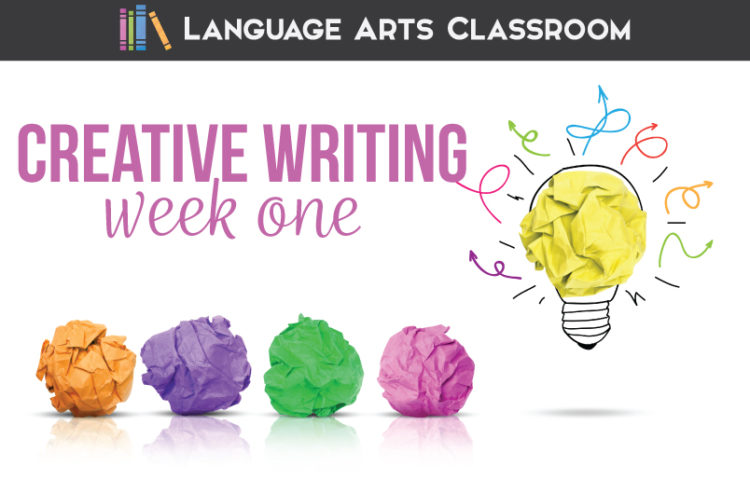
Looking for creative writing lesson plans? I am developing creative writing lesson ideas!
I’ve written and revamped my creative writing lesson plans and learned that the first week is vital in establishing a community of writers, in outlining expectations, and in working with a new class.
What are some good creative writing exercises?
Some good creative writing exercises include writing prompts, free writing, character development exercises, and fun writing games.
The first week, though, we establish trust—and then we begin powerful creative writing exercises to engage young writers and our community.
How can add encouragement in creative writing lesson plans?
I’ve found students are shy about writing creatively, about sharing pieces of themselves. A large part of the first week of class is setting the atmosphere, of showing everyone they are free to create. And! These concepts will apply to most writing lesson plans for secondary students.
Feel free to give me feedback and borrow all that you need! Below, find my detailed my day-by-day progression for creative writing lesson plans for week one.

Creative Writing Lesson Day One: Sharing my vision
Comfort matters for young writers. I’m not a huge “ice breaker” type of teacher—I build relationships slowly. Still, to get student writing, we must establish that everyone is safe to explore, to write, to error.
Here are some ideas.
Tone and attitude
For day one with any lesson plan for creative writing, I think it is important to set the tone, to immediately establish what I want from my creative writing students. And that is…
them not to write for me, but for them. I don’t want them writing what they think I want them to write.
Does that make sense? Limitations hurt young writers. My overall tone and attitude toward young writers is that we will work together, create and write together, provide feedback, and invest in ourselves. Older kiddos think that they must provide teachers with the “correct” writing. In such a course, restrictions and boundaries largely go out the window.
Plus, I specifically outline what I believe they can produce in a presentation to set people at ease.
The presentation covers expectations for the class. As the teacher, I am a sort of writing coach with ideas that will not work for everyone. Writers should explore different methods and realize what works for them. First, not everyone will appreciate every type of writing—which is fine. But as a writing community, we must accept that we may not be the target audience for every piece of work.
Therefore, respect is a large component of the class. Be sure to outline what interactions you find acceptable within your classroom community.
Next, as their writing coach, I plan to provide ideas and tools for use. Their job is to decide what tools work for their creative endeavors. My overall message is uplifting and encouraging.
Finally, when we finish, I share the presentation with students so they can consult it throughout the semester. The presentation works nicely for meet-the-teacher night, too!
After covering classroom procedures and rules, I show students a TED Talk. We watch The Danger of a Single Story by Chimamanda Adichie. My goal is to show students that I don’t have a predetermined idea concerning what they should write. This discussion takes the rest of the class period.
Establishing comfort and excitement precedents my other creative writing activities. Personalize your “vision” activities for your lessons in creative writing. Honestly, doing this pre-work builds relationships with students and creates a positive classroom atmosphere.
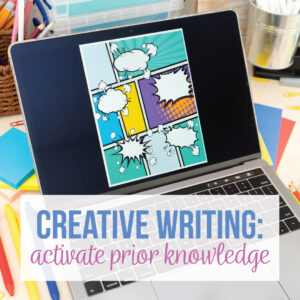
Creative Writing Lesson Day Two: Activating prior knowledge
Students possess prior knowledge concerning creative writing, but they might not consider that. Students should realize that they know what constitutes a great story. They might not realize that yet. An easy lesson plan for creative writing that will pay off later is to activate prior knowledge. Brainstorm creative, memorable, unforgettable stories with students. Share your thoughts too! You will start to build relationships with students who share the same tastes as you (and those that are completely different!).
Activation activity
During this activity, I want to see how students work together, and I want to build a rapport with students. Additionally, activating prior knowledge provides a smooth transition into other creative writing activities.
This creative writing activity is simple:
I ask students to tell me memorable stories—books, play, tv shows, movies—and I write them on the board. I add and veto as appropriate. Normally doing these classroom discussions, we dive deeper into comedies and creative nonfiction. Sometimes as we work, I ask students to research certain stories and definitions. I normally take a picture of our work so that I can build creative writing lessons from students’ interests.
This takes longer than you might think, but I like that aspect. This information can help me shape my future lessons.
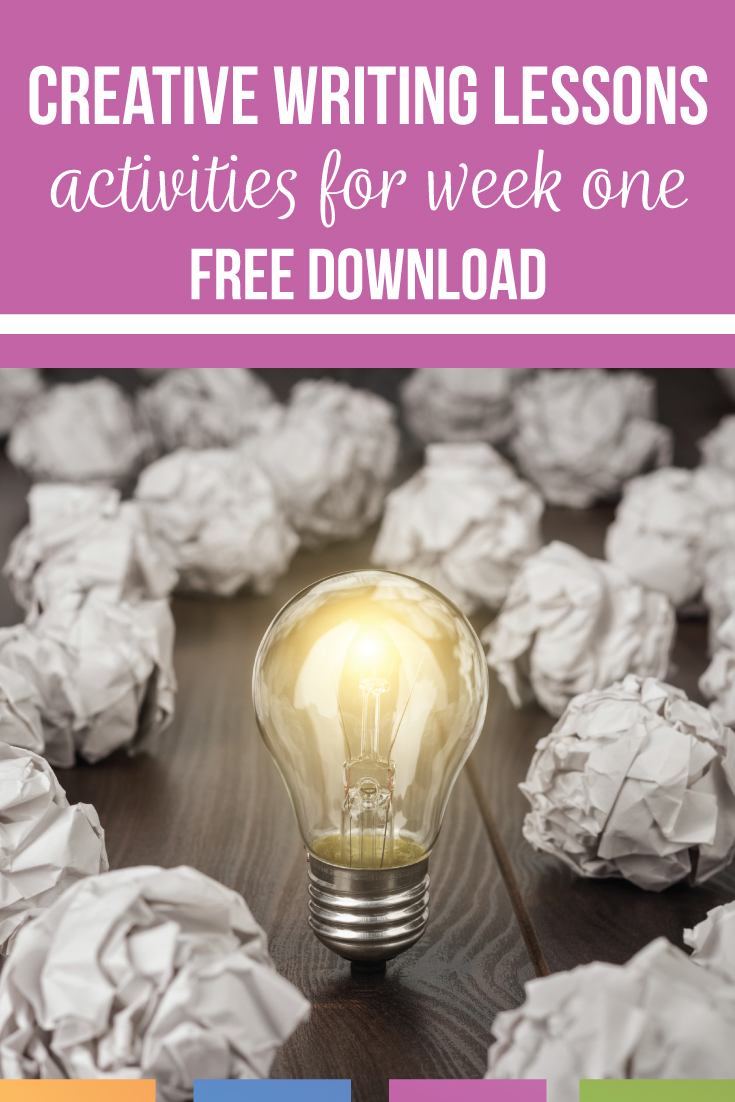
With about twenty minutes left in class, I ask students to form small groups. I want them to derive what makes these stories memorable. Since students complete group and partner activities in this class, I also watch and see how they interact.
Students often draw conclusions about what makes a story memorable:
- Realistic or true-to-life characters.
- Meaningful themes.
- Funny or sad events.
All of this information will be used later as students work on their own writing. Many times, my creative writing lessons overlap, especially concerning the feedback from young writers.
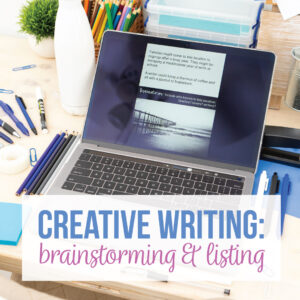
Creative Writing Lesson Day Three: Brainstorming and a graphic organizer
From building creative writing activities and implementing them, I now realize that students think they will sit and write. Ta-da! After all, this isn’t academic writing. Coaching creative writing students is part of the process.
Young writers must accept that a first draft is simply that, a first draft. Building a project requires thought and mistakes. (Any writing endeavor does, really.) Students hear ‘creative writing’ and they think… easy. Therefore, a first week lesson plan for creative writing should touch on what creativity is.
Really, creativity is everywhere. We complete a graphic organizer titled, “Where is Creativity?” Students brainstorm familiar areas that they may not realize have such pieces.
The ideas they compile stir all sorts of conversations:
- Restaurants
- Movie theaters
- Amusement parks
By completing this graphic organizer, we discuss how creativity surrounds us, how we can incorporate different pieces in our writing, and how different areas influence our processes.

Creative Writing Lesson, Days Four and Five: Creative Nonfiction
Students need practice writing, and they need to understand that they will not use every word they write. Cutting out lines is painful for them! Often, a lesson plan for creative writing involves providing time for meaningful writing.
For two days, we study and discuss creative nonfiction. Students start by reading an overview of creative nonfiction . (If you need mentor texts, that website has some as well.) When I have books available, I show the class examples of creative nonfiction.
We then continue through elements of a narrative . Classes are sometimes surprised that a narrative can be nonfiction.
The narrative writing is our first large project. As we continue, students are responsible for smaller projects as well. This keeps them writing most days.
Overall, my students and I work together during the first week of any creative writing class. I encourage them to write, and I cheer on their progress. My message to classes is that their writing has value, and an audience exists for their creations.
And that is my week one! The quick recap:
Week One Creative Writing Lesson Plans
Monday: Rules, procedures, TED Talk, discussion.
Tuesday: Prior knowledge—brainstorm the modeling of memorable stories. Draw conclusions about storytelling with anchor charts. Build community through common knowledge.
Wednesday: Graphic organizer.
Thursday and Friday: Creative nonfiction. Start narrative writing.
Students do well with this small assignment for the second week, and then we move to longer creative writing assignments . When classesexperience success with their first assignment, you can start constructive editing and revising with them as the class continues.

These creative writing activities should be easy implement and personalize for your students.
Would you like access to our free library of downloads?
Marketing Permissions
We will send you emails, but we will never sell your address.
You can change your mind at any time by clicking the unsubscribe link in the footer of any email you receive from us, or by contacting us at [email protected] . We will treat your information with respect. For more information about our privacy practices please visit our website. By clicking below, you agree that we may process your information in accordance with these terms.
We use Mailchimp as our marketing platform. By clicking below to subscribe, you acknowledge that your information will be transferred to Mailchimp for processing. Learn more about Mailchimp’s privacy practices.
Are you interested in more creative writing lesson ideas? My Facebook page has interactive educators who love to discuss creative writing for middle school and high school creative writing lesson plans. Join us!

creative writing creative writing activities
Poetry Center

Five Creative Writing Lesson Plans for Middle & High School Students
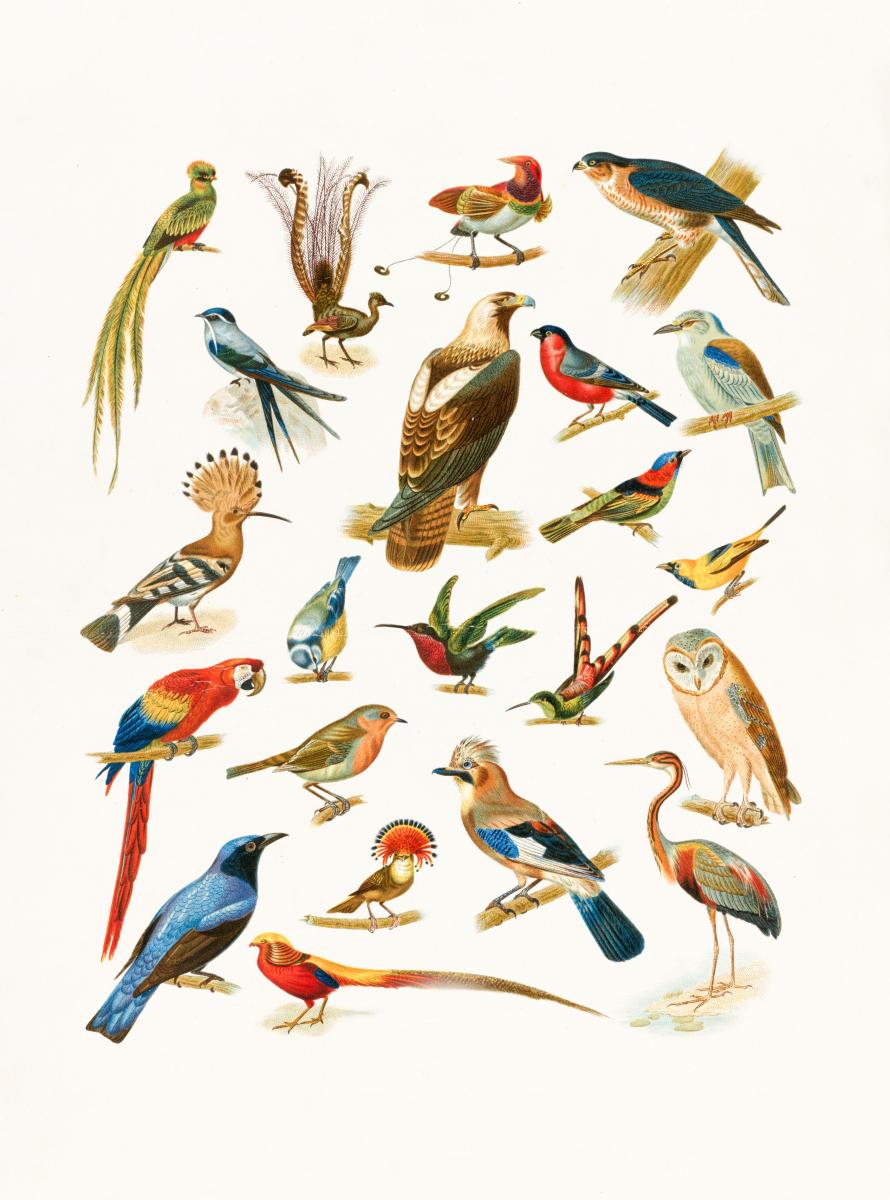
A Poem About Joy:
In this lesson plan, inspired by Ross Gay's "Sorrow Is Not My Name," Teré Fowler-Chapman asks young poets to come up with a list of things that bring them joy and then write a poem inspired by one of the items on that list. The writing exercise, which is a fantastic way to bring social-emotional learning into the classroom, is preceded by a conversation on Gay's poetics and on how joy can exist even in times of sorrow.
Personal Migrations:
Saraiya Kanning, inspired by Wang Ping's "Things We Carry on the Sea," asks young writers to, "contemplate how migration has played out in their own lives, including the lives of their families." This multi-part lesson plan includes a word association game, a discussion of Ping's poem, and a group poem in which students answer the question, "What sort of things have been carried across land, sea, or even across time?" collaboratively. After this, they write their own individual poems, using a series of questions to jump start their creativity, and then craft art pieces using popsicle sticks, pipe cleaners and/or puff paint to trace paths across the surface of their chosen canvas (Kanning used cake board!). This lesson can be shortened or spread out over class periods as part of a unit on immigration and migration.
Rare Bird Erasure:
"Erasure poems use words from another source to create a new poem," Saraiya Kanning writes in this lesson plan, which uses the field guide Rare and Elusive Birds of North America as a source text from which young writers create their own pieces (although you're welcome to use any book you'd like!). Each student receives a photocopied page from the book and goes on a "treasure hunt," selecting 5-10 words that in some way connect to one another. After creating their erasure poem, students can decorate the page with art materials to "create images, patterns, or designs around the words." This lesson plan includes a note on modifications for student with visual impairments.
Titles: Art on their Own:
So often in creative writing, the titling process is overlooked but important: as Sophie Daws says, "Writing a title can feel like putting the cherry on top of your great poem or it can feel like walking on eggshells, where the wrong title could ruin the whole poem and you just can’t come up with the right one!" This lesson plan, drawn from her high school zine residency, uses six prompts to offer a guided approach to coming up with a title for a finished project, from one that asks students to write down their favorite line to another that encourages them to think of how a title can add another tone or angle to their work.
Found Art Handmade Books:
Taylor Johnson bridges creative writing and visual art in this lesson plan, which focuses on crafting handmade books from recycled materials. Johnson suggests using everything from old postcards to yarn to insect wings to create a publication that's truly one of a kind. As far as words go, students can either add something they've previously written to their books whole cloth or cut up bits of their old writing and "remix" it. After the books are done, Johnson suggests creating a classroom library or exhibit for students to browse one another's books.
Image from the Boston Public Library.
Category:
Tags: .
- writing the community
Creative Writing Lesson Plans: From Paragraphs to Narratives
Return from Creative Writing Lesson Plans to Creative Writing Ideas and Activities
Would you prefer to share this page with others by linking to it?
- Click on the HTML link code below.
- Copy and paste it, adding a note of your own, into your blog, a Web page, forums, a blog comment, your Facebook account, or anywhere that someone would find this page valuable.
Helping You Write Across the Curriculum!
copyright 2009-2013 www.creative-writing-ideas-and-activities.com
- Writing Topics
- Writing Prompts
- Writing Ideas
- Writing Activities
- Lesson Plans
- Writing Tips
- Privacy Policy
Our Most Popular Pages
1. Teaching Resources
2. How to Write a Myth
3. February Writing Prompts
4. How to Write a Legend
5. Writing a Personal Narritive
6. Writing Fables
7. Writing Mystery Stories
8. Math Prompts
9. Science Writing Prompts
10. Elements of Persuasive Writing
Recommeded Resources:
AnyWord(TM) Spelling Practice Series!
Worksheets, games and activities to use with any spelling words. Three volumes in all!
Download yours today!
Stop Essay Pain!
LitWorks.com
Resources to help students prepare for literature examinations.
Teach Kids Drama!
How to Effectively Teach Creative Writing in Elementary
Today let’s discuss how to effectively teach creative writing at the elementary level. Creative writing is such an important writing skill to teach students from a young age. Young writers need to understand the concept of creative writing as using their imagination to express themselves freely through words.
It’s not just about proper grammar and spelling (though those are important too!) , but rather about sparking their creativity , allowing them to dream up unique characters , exciting adventures, and incredible worlds. By nurturing their storytelling abilities early on, we’re not just helping them become better writers, but also fostering their confidence, encouraging self-expression, and igniting a lifelong love for writing. So, let’s dive into some strategies and tips to make your creative writing lesson plans a hit in your elementary classroom!
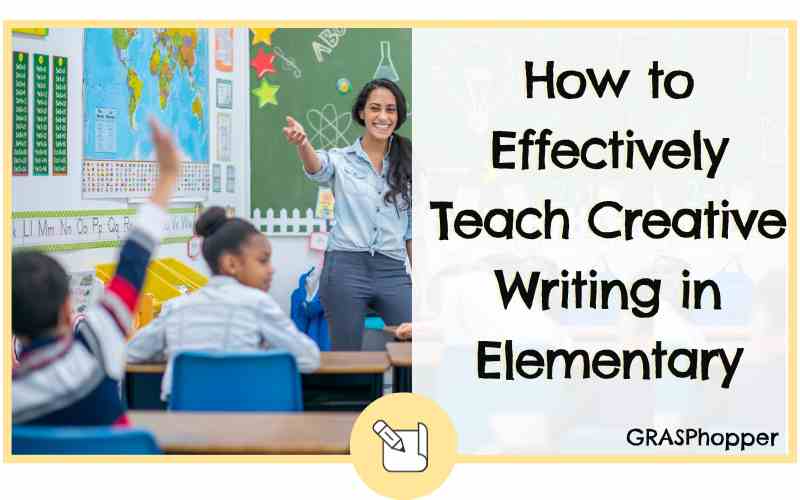
What is Creative Writing?
Creative writing is essentially writing in which the author uses his or her imagination to create a story. Creative writing in simple terms refers to the process of expressing thoughts, ideas and stories in a unique and imaginative way.
It’s about letting children’s minds wander freely, encouraging them to use their imagination to create characters, settings, and plots. Creative writing isn’t just about grammar and spelling; it’s about fostering a love for storytelling, allowing kids to explore their creativity, and helping them find their voice through words on paper. It’s a journey that encourages self-expression, builds confidence, and nurtures a lifelong appreciation for writing. The whole purpose of creative writing is to think outside the box and stray from traditional structures and norms.
Creative writing falls under one of the 5 categories of writing but it also combines a lot of these styles together:
- Narrative Writing
- Descriptive Writing
- Persuasive Writing
- Expository Writing
- Creative Writing
Creative Writing Lesson Plans Don’t Have to Be Difficult
Finding creative ways for students to write using their imaginations doesn’t have to be difficult. No matter the grade level, creative writing lessons should offer plenty of opportunities for students to tell their point of view on a subject. Don’t let creating lesson plans for creative writing be a headache! It’s all about giving kids the chance to let loose and share their thoughts in their own special way.
Whether they’re in 2nd grade, 3rd grade, or 5th grade, the key is to let their imagination run wild. Get them talking about what interests them, throw in some fun prompts, and watch the magic happen! Mix things up with different writing styles – stories, poems, even real-life tales. Make it a safe space where they feel free to jot down whatever comes to mind. By balancing a bit of structure with loads of creative freedom, teaching creative writing becomes a blast for both the teachers and the students!

Here’s How to Teach a Creative Writing Activity to Elementary Students:
1. start with creative writing prompts.
One of the first activities you can try is using writing prompts with students. Writing prompts are a great tool to get students’ brain juices flowing, no matter if they are elementary, middle school, or high school students! Coming up with writing topics for younger students can be especially challenging sometimes.
Inside the How to Write a Paragraph Year-Long Bundle there are specific writing prompts that are scaffolded and differentiated to meet all learner’s needs. You will find everything you need inside this resource to help your students who struggle with writing understand how to write a paragraph all YEAR LONG … trust us! It allows for easy planning for your writing lessons because it’s got different seasonal writing resources and prompts inside no matter what time of year it is. These are the perfect place to start to get your students writing based on themes.
Once they are comfortable in this category, then it’s time to actually get them to come up with some of their own ideas to write about now (after all that is the ENTIRE point of a creative writing lesson!)
Try with these juicy writing prompts below to help get your student’s creativity flowing if they need help coming up with a topic to write about :
- Personal memories: “Tell about someone who taught you something really important.”
- Imaginative scenarios: “Let’s create a wild story set in a world where anything goes!”
- Prompts based on a familiar mentor text: “What if your favorite book ended differently? Give it a new twist!”
- Lead-in sentences: “I saw myself in the mirror and couldn’t believe what I saw. Overnight, I…”
- Fascinating or thought-provoking images with a directive: “Who do you think calls this log cabin home? Tell us their story and what they’re up to!”
2. Break Down the Prompts Together
Do NOT rush this next step! We need to make sure our students are coming up with unique and creative writing ideas. During this first week’s lesson plan, you want to make sure students know exactly what they are getting themselves into with the creative writing process. Make it known that these prompts above are to help guide them and their imagination. Help to break down what each prompt is asking/ looking for:
For example, if the prompt says “I saw myself in the mirror and couldn’t believe what I saw. Overnight, I…,” then what questions should the students be asking?
Hopefully, they will tell you they want to know what they look like in the mirror right now.
Then you can have students think of 5 possible situations for what happened and how they look.
3. Do a 5 Minute “Free Write Brain Dump”
During the next step of a creative writing lesson plan, encourage students to do a brain dump in their writing journals on all of their prior knowledge on the subject that they will be writing about. This lets you know a couple of things as the teacher: Do they have their own experience on this topic and enough background knowledge? Does the subject areas that they are free-writing about make sense for the creative writing topic? This should only take about 5 minutes and you are NOT worried about spelling or grammar during this step.
For example: if they are planning to write about the solar system but they don’t have much to say during this free write brain dump, this is where you may want to incorporate a mini lesson or guided conference with you to make sure they are picking a topic that they have a lot of background knowledge about or can at least figure out where to find the answers they might need for their writing.
The “free write brain dump” is helpful for students to see a couple of things- okay I know enough information about this topic and am ready to organize my thoughts OR I had a hard time just coming up with random thoughts to write about…maybe I need a need a new topic. It will truly help decide their confidence factor for this assignment.

4. Start Your Planning Process
The next step in your creative writing unit should be having students take their decided-upon creative writing topic and organize their thoughts and ideas. This step is super important because you want the information to be in the students’ own writing but you also want to make sure they have a plan for how to get their point across. Your stronger writers may be ready to go but some may need a bit more structure set up to help them.
There are a couple of different ways they can organize their ideas:
Use Graphic Organizers
Graphic organizers are the perfect thing to use if students want to stick with a paragraph-type writing structure. For your lower writers, this might be the way to go because graphic organizers make planning a lot easier and the structure makes it super easy to follow. Graphic organizers also help break down the writing process into chunks so it doesn’t feel like such a difficult task to students who may struggle more with their writing skills or for ESL students.
Character Development Worksheets
Provide worksheets that prompt students to describe the characters in detail that they want in their story. Include sections for physical appearance, personality traits, motivations, and character arcs. This helps students develop well-rounded characters before they start writing.
Peer Brainstorming
Organize small group brainstorming sessions where students can share their ideas and receive feedback from their peers. This way can totally help students polish up their ideas and come up with fresh new ones for their creative writing.
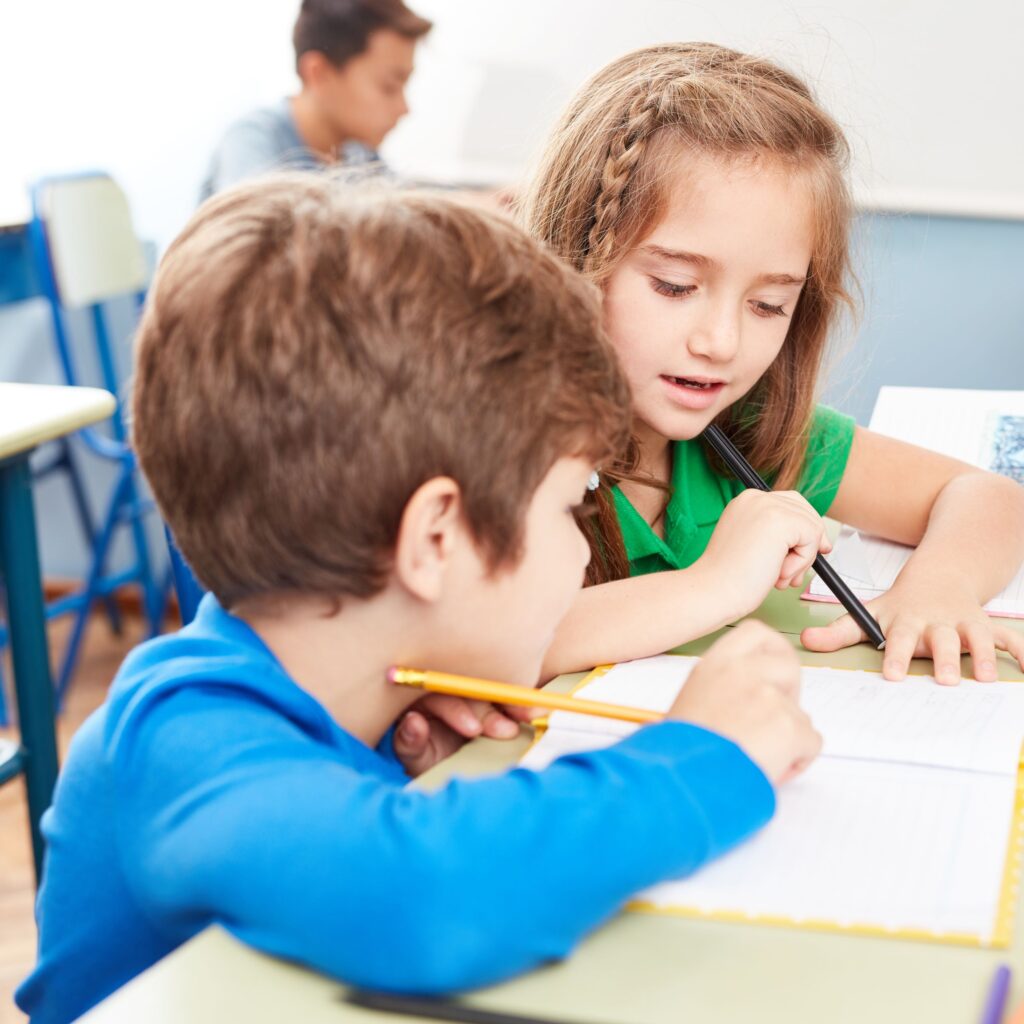
Story Boarding
Encourage students to create a visual storyboard for their story. They can draw a series of pictures or scenes that outline the plot, helping them visualize the sequence of events in their narrative. We really love this idea for planning for students who are learning English as a second language and students who have more difficulties communicating their thoughts out loud.
Voice Recording
Finally, one last idea: If your students are feeling unsure about writing things down, suggest they talk it out and record their thoughts on a device such as a classroom iPad.
They might be amazed at how easily their spoken words turn into great written stuff on the page! This is another favorite of ours for those students who struggle with getting their thoughts on paper or are learning English as a second language.
During the planning phase , it is a good time to take the opportunity to do any mini lessons you feel needed with students on any of the skills above.
5. Write the Rough Draft
Next is taking the creative narrative and putting it into a rough draft version using their planning method. It’s time for them to start coming up with their own creative short story. Do they have a main character? Is there a problem and solution? Does the writing make sense? After the rough draft, it can be super beneficial to meet with students individually or in small groups to give feedback before they move forward on the final copy.
Word of advice: Don’t worry about spelling or grammar too much in the rough draft phase! Just help students get their thoughts out onto paper!
6. Time To Write the Final Draft
As the creative writing journey nears its conclusion, it’s time to guide your students toward the crucial phase of crafting their final drafts. This stage marks a shift towards independent work, where students take ownership of refining their narratives. Encourage them to enrich their stories with vibrant sensory details to help bring the writing to life.
This isn’t just about polishing; it’s about infusing their words with emotions and imagination. The final draft represents all of their hard work! Make sure you help them reach their fullest potential with their creative writing and storytelling skills!
A Final Word on Teaching Creative Writing to Elementary Students
When planning your creative writing lesson plans for the school year, it’s best to think about the overall entire writing process. For students that you KNOW creative writing will be a challenge for, take some time during English language arts sessions and work with them on the simple structures of writing to help build their confidence. If they struggle with the mechanics and confidence to write, they honestly may not be ready for the creative writing process just yet. Use the resource below to help them refine their writing skills so that all of your students can be a confident and creative writer!

How do you feel about creative writing lesson plans?
You might also like:.
FREE Differentiated Creative Writing Prompts for Fall
Excuse our digital dust! We’re busy renovating this website to make it even more fabulous. Stay tuned!
- Read more about: Writing
You might also like...
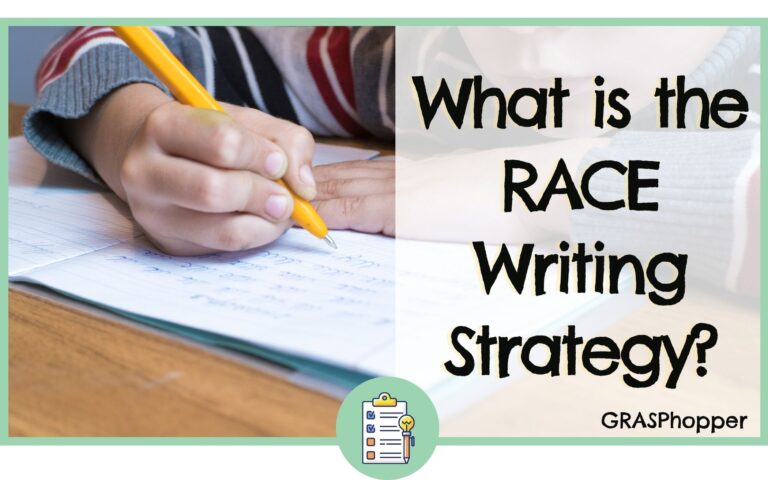
What is the RACE Writing Strategy?

The Best Paragraph Writing Worksheets for 5th Grade
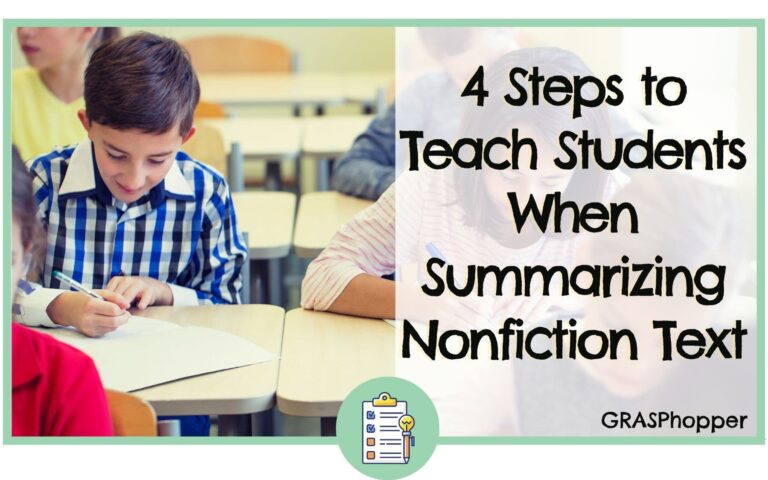
4 Steps to Teach Students When Summarizing Nonfiction Text
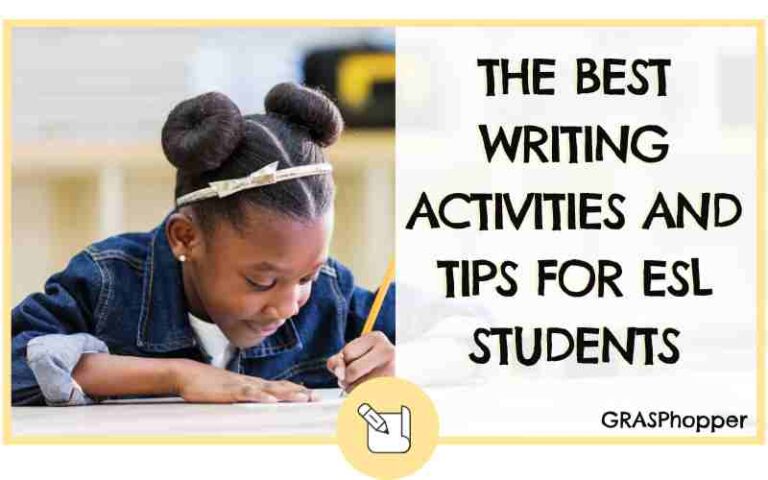
The Best Writing Activities and Tips for ESL Students
Teach smarter, not harder join the newsletter.
Transform your teaching with our teaching tips, resources, and freebies delivered straight to your inbox!

The Goodies
© GRASPhopper Learning • Website by KristenDoyle.co
- Try for free
12th Grade Creative Writing Lesson Plans
- Most Popular
- Most Recent

Walking by the Way
the road to inspired learning
Eight Free Creative Writing Lessons
February 17, 2012 by Ami 17 Comments
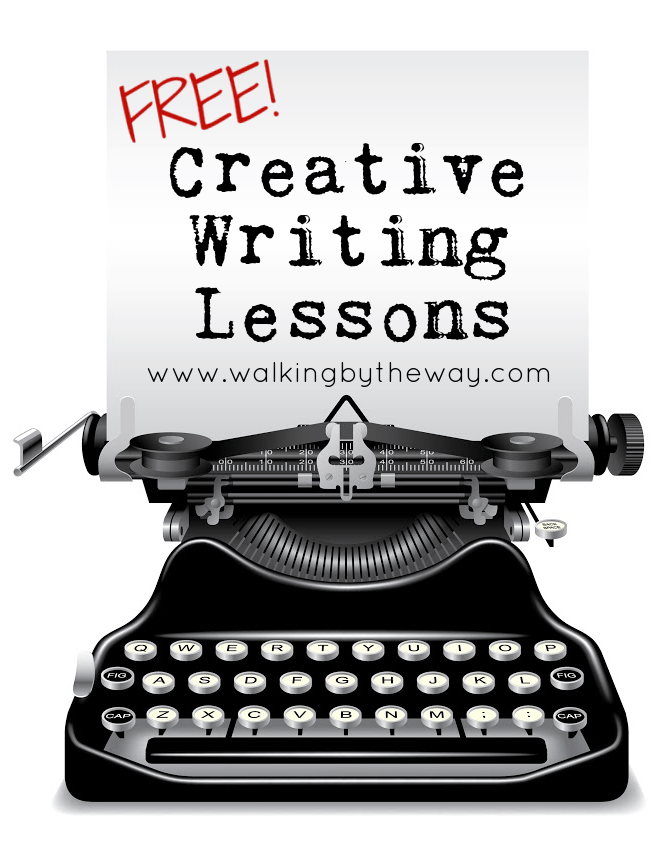
I know I throw around the word favorite all the time. But this is the truth: teaching creative writing lessons is my favorite.
I have taught creative writing enrichment for summer school students. I have taught creative writing in various homeschool settings and co-ops. I have taught big students and little students. And I love it.
Since I love to share homeschool co-op class ideas , I have compiled the creative writing lessons from a co-op class that I taught.
Creative Writing Lessons for a Homeschool Co-op Class
First, please remember that any teacher can use these creative writing lessons. You don’t need to be teaching homeschoolers. You can be a classroom teacher or a homeschool teacher at home with one student. You can even be a librarian who needs a fun program series.
Second, I used these creative writing lesson plans with upper elementary students (with maybe a few 7th graders thrown in). However, you can adapt and use them for older students or younger students!
Creative Writing Lesson Plans
Creative writing lesson one.
The first lesson focuses on cliché and metaphor. It prompts students to consider how words matter.
Grab lesson one here .
Creative Writing Lesson Two
The second lesson teaches students about sensory details: why they are important and how to include them in their writing. Students will begin using sensory details to evoke smells and sounds and sights.
Grab lesson two here.
Creative Writing Lesson Three
The third lesson introduces showing vs. telling. Students learn how to recognize authors who utilize showing, and students are able to articulate the difference between showing and telling.
Grab lesson three here.
Creative Writing Lesson Four
The fourth lesson teaches students how to capture images. We use examples of poetry and prose to discuss this important writing skill.
Grab lesson four here.
Creative Writing Lesson Five
The fifth lesson introduces the story elements of character and conflict.
Note: You may choose to split this lesson into two lessons since it covers two big elements. I only had nine weeks with my students, so I had to jam character and conflict together.
Grab lesson five here.
Creative Writing Lesson Six
The sixth lesson introduces the students to point of view and perspective. We have fun reading poems and using pictures to write descriptions from different points of view.
Grab lesson six here.
Creative Writing Lesson Seven
The seventh lesson puts everything we’ve learned together. I read the students some fractured fairy tales, and we watch some, too. Students then use the prewriting activities and their imaginations to begin drafting their own fractured fairy tales.
Grab lesson seven here.
Creative Writing Lesson Eight
The eighth lesson focuses on revision. After a mini-lesson, students partner up for peer editing.
Grab lesson eight here .
For our final class day, students bring revised work, and I host coffee shop readings. This is a memorable experience for students (and their teacher).
Creative Writing Lessons FAQ
Since posting these creative writing lessons, I have had lots of questions. I decided to compile them here in case you have the same question.
Q: What are copywork quotes? A: Copywork quotes are simply great quotes that students copy as part of their homework assignments. You can use any quotes about writing. I’ve included my favorites throughout the printable packs.
Q: Can I use this with a younger or older student? A: Absolutely! Just adapt it to meet the needs of your student.
Q: Can I use this for my library’s programming or my homeschool co-op class? A: Yes! I just ask that it not be used for profit.
Do you have any questions about teaching creative writing? What’s your biggest hang-up when it comes to teaching creative writing? I’d love to hear from you and help you solve the issue.

January 7, 2016 at 1:57 pm
Hi Theresa,
As long as you are not profitting from using them, they are yours to use! Enjoy! Wish I could be there to help facilitate all those young writers!
[…] Creative Writing Class […]
Leave a Reply Cancel reply
Your email address will not be published. Required fields are marked *
Save my name, email, and website in this browser for the next time I comment.
- Teaching secondary
- Lesson plans
- Secondary lesson plans - upper-intermediate B2
Creativity and innovation
Use this lesson about creativity and innovation with secondary learners at CEFR Level B2. Access face-to-face classroom and online teaching versions of the materials.

Introduction
This lesson was devised to mark World Creativity and Innovation Day on 21 April. However, it can be used at any time of the year, as this is not specifically mentioned.
The lesson begins by looking at what is involved in being creative, trying to expand this beyond the usual areas of art or creative writing.The students then do a reading activity where they match headings to sections of an article. They then identify the synonyms which enabled them to do this task and focus on the idea of avoiding repetition. They read the text again and discuss which ideas they personally find most useful. The lesson finishes with a creativity task, followed by a final discussion.
Learning outcomes:
- Describe how a range of activities can be creative
- Develop reading skills by reading an article about creativity for gist
- Identify a range of synonyms to avoid repetition
- Discuss ways of developing creativity
Age and level:
50-65 minutes (face-to-face teaching) 60-80 minutes (online teaching)
The materials can be downloaded below.
- Lesson plan for face-to-face teaching
- Lesson plan for online teaching
- Presentation
- Student worksheet
As usual the activities that British Council presents are outstanding as well as the work and elaboration of the lesson plans and worksheets. These devoted teachers have worked really heartwarming. I feel so grateful because thanks to them we as teachers try to innovate and learn from you.
- Log in or register to post comments
Thank you for your positive feedback Mocharellita1973 - we're glad you find the resources on the site useful!
Cultivation of something New
Research and insight
Browse fascinating case studies, research papers, publications and books by researchers and ELT experts from around the world.
See our publications, research and insight
Trending Post : 12 Powerful Discussion Strategies to Engage Students
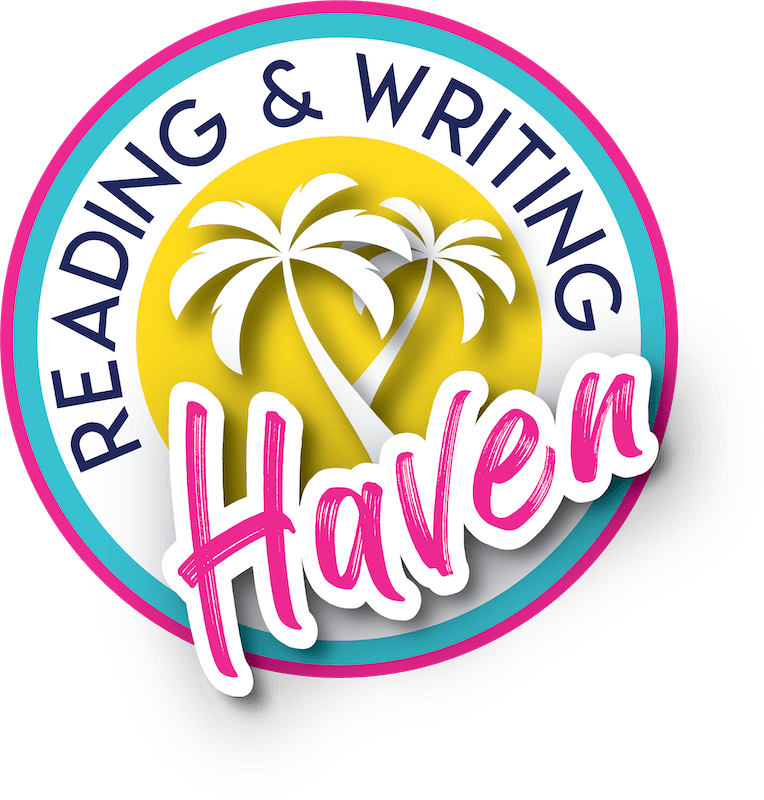
10 Simple Ways to Add Creativity to ELA Lessons
You’re on a mission to add creativity to your lesson plans in order to engage students in meaningful learning. Excellent! Your students will thank you.
When we think about making lesson plans creative, it’s important to maintain the integrity of challenging students in ways that are developmentally appropriate. Creativity doesn’t equal fluff. Likewise, it shouldn’t mean we are stressing ourselves out to reinvent the wheel.
This week, I’ve gathered a handful of my friends to create a list of practical ways we can add spice to a middle or high school English lesson plan. The goal? Cover standards and captivate students – practically.
Let’s take a look at some possibilities.

1. Differentiate the Learning
Breathe life and personalization into vocabulary instruction by changing up the way you ask students to think about their words. Doodling, associations, games, and challenges make vocabulary memorable. Brain-based, differentiated vocabulary lessons have deepened my students’ appreciation for words as well as brought movement to the classroom. Plus, it works! Students remember the words. Try a lesson for free here .
2. Use QR Codes
Lesson plans aren’t the only thing you can add creativity to in the classroom. My friend Amanda from Mud and Ink teaching wrote a whole post about how she uses QR codes to transform her classroom management. It’s brilliant, and it got me thinking. Adding QR codes to a simple lesson plan is just one more way we can engage students with technology. For instance, I use them with vocabulary !
3. Make it a Manipulative
Creativity does not mean diminished learning, especially with grammar. My friend Lauralee from Language Arts Classroom says we should let students hold their language – and manipulate it, like this . Students benefit from being able to arrange language. It helps them see how they, as writers, can use words to craft powerful sentences.
4. Spice up Discussions
Let’s face it. Some class discussions are boring. Students aren’t always interested enough to participate, and everyone walks away feeling less than inspired. Ashley from Building Book Love wrote a post detailing her favorite strategies to engage students during Socratic Seminars. Read about how you can use Flipgrid, socratic soccer balls, emoji stems, silent discussion opportunities, the 3-2-1 strategy, and BINGO to add creativity to your discussions here .
5. Pair Unusual Texts
Are students tired of nonfiction articles? Try blending high-interest informational texts with poetry by asking students to write creative and symbolic pieces that blur the lines between verse and prose, like this . Or, add short films to poetry to create a unique experience with analyzing paired texts. Here are some film and poem pairing suggestions.
6. Play Chef
Project-based learning is a creative way to engage students in meaningful learning. Any time we can add food into the mix, students get excited. Try this free culinary symbolism project from Ashley at Building Book Love next time you want students to analyze literature. Want to take it further? Treat your students to a snack as they hone their literary cooking and baking skills.
7. Stage a Mock Trial
Citing textual evidence is an essential ELA skill, but it doesn’t have to be boring. A mock trial is a creative, engaging, and authentic way to practice this skill and many others, including close reading, persuasion and argument, writing, and speaking and listening. Mock trials usually work for any text with a death, crime, or moral debate (so, just about all literature, right?!).
If you’d like more information on how to set up your own mock trial, check out this blog post by Abby from Write on with Miss G. And, if you want ready-to-go resources, rubrics, instructions, and absolutely everything you need to facilitate a mock trial, this is a bundle that works for ANY text.
8. Add some Color
Coloring in the classroom has brain benefits for older students. Since many students struggle with grammar, Lauralee from Language Arts Classroom created Color by Grammar . Coloring is relaxing, it helps students refocus, and it increases creative thought. Adding a splash of coloring to any type of lesson can be beneficial. Read more about the research behind this approach here .
9. Try an Escape Room
When we finish teaching a novel or play, traditionally, we roll right into the assessment. To add a little bit of creativity to the same old routine of ending a story, try creating an escape room . There are tons of resources online to help you get started, or, if you happen to be reading A Raisin in the Sun , Amanda from Mud and Ink Teaching has one made for you. Here’s how it works:
- The Place: Chicago PD Headquarters.
- The Scandal: Willy Harris has run off with Walter’s money.
- The Task: Student detectives must use clues, close reading strategies and teamwork to track down Willy Harris before the bell rings.
10. Just Add Music
Music is my go-to when I need to add a little bit of pizzazz and creativity to an otherwise straight forward lesson plan. I use music with poetry, as a hook for a lesson plan on figurative language, as a paired text complement, and as an end-of-the-year reflection, among other things. Try asking students to make a playlist of their year or let them analyze song lyrics during your next poetry or analysis unit. Download this song activity for free!
Hopefully you’ve found some inspiration that will help you add creativity to your lesson plans. Keep your class fresh and engaging for older students by surprising them with something new – a brain-based learning approach, a lesson on symbolism, some QR codes, or an enticing discussion strategy. Playing with creativity can ward off boredom and burnout – for both teachers and students.
Looking for more creative teaching ideas? Check out these posts.

Creative Approaches for Teaching Vocabulary
Engaging lesson plans for any time of year, using the one pager as a creative response to reading, a creative music lesson plan for the end of the year, assessing comprehension without making students hate reading, you may also enjoy..., get the latest in your inbox.
12 Lesson Plans for Teaching Writing to Secondary Students

Blog category: Education Date: 21 September 2017

It can be tough to think of ways to keep things interesting when teaching writing to high school students. Fortunately, there are so many great lesson plans out there to give you a starting point. We’ve compiled a list of 12 great lesson plans for teaching different writing techniques and styles to high school students.
1. News stories
It’s important for students to learn that different types of writing require different styles. For example, the structure and tone of a newspaper article differs greatly from a creative narrative. This news story writing lesson is a great way to help students produce writing with more lexical variation, complex sentences and passive structures.
2. Calling all characters
Writing fictional narratives can be daunting to many students who feel uncomfortable sharing their ideas, so breaking down the creative writing process is a good way to help students get the ball rolling. This lesson plan requires students to brainstorm character traits, behaviours and actions, then write scenes about that character. Although this lesson plan was designed for primary students, it can be adapted for secondary-level creative writing by removing the simpler games.
3. Drafting your essay
Essay writing is a major part of high school so it’s important to find different ways of engaging students to reinforce their learning of this type of text. This activity has students deconstruct other essays to learn about essay structure, which will help them when they go to write their own essays. Again, because this is a lesson plan for primary school students, it should be adapted to suit the grade of high school you’re teaching, for example, substitute the picture book for a secondary school novel.
4. Object creative writing
Rather than starting with characters, another way to prompt students to write stories is the object creative writing lesson plan. By giving students an object to describe, they learn to think creatively in response to a stimulus and develop their descriptive writing skills. Thinking on their feet will help them develop the skills to formulate their own creative ideas in the future.
5. Letter of complaint
Letters are a common text type that your students will be familiar with. The purpose of this lesson plan is to encourage students to use phrases that express attitude and emotion, which are found in letters of complaint.
6. Advertising
Advertising uses persuasive language, so practicing this type of writing can help students in forming arguments in essays and debates. Learning how to sell something can also help develop confidence in students.
7. Peer editing
This lesson plan involves students editing the writing of their peers. Marking the work of others can help a student develop an understanding of their own writing skills by analysing what they would do differently. Responding to feedback from peers also encourages students to develop a positive attitude towards criticism and learning.
8. Self-reflection
Writing about writing is one of the best ways to help students reduce the number of errors in their work. This lesson plan requires students to read over their work and identify one error that occurs frequently, then rewrite the piece without the error. This activity helps students learn how to correct their work and address habits so that they occur less frequently in the future.
9. Writing for a real purpose
Writing for a hypothetical purpose can leave students feeling unmotivated to produce their best work. For this lesson plan, students respond to real life scenarios that they’re personally interested in. This way, students adopt an authentic voice, based on real life experience, making their work more engaging.
10. The 100-word challenge
Being able to write clearly and succinctly is an important writing skill for students in high school and beyond. This lesson idea teaches students how to get to the point in a small number of words, by asking student to respond to a prompt in 100 words or less.
11. Start a pseudonym project
If you have a students who are particularly shy about sharing their writing with others, you can introduce an anonymous system. Allow students to choose a pseudonym they will use for handing in work. The idea is that students will feel less conscious about being personal or passionate in their work, and therefore produce higher quality work.
12. Copy cat
Some types of writing, like poetry and creative writing, are harder for students than structured essays and short responses. To help students adopt more creative tones in their writing, this lesson asks students to bring in a piece of writing (poetry or novel) and write their own original piece using the same style and tone.
Get creative
Learning to write different text types, from essays and letters, to creative stories and poetry, can be challenging for students. To help them along the way, it’s important to introduce lesson plans that encourage imagination and help develop lifelong skills that will improve their writing.
Select your localisation:

- Privacy Overview
- Strictly Necessary Cookies
- 3rd Party Cookies
- Cookie Policy
This website uses cookies so that we can provide you with the best user experience possible. Cookie information is stored in your browser and performs functions such as recognising you when you return to our website and helping our team to understand which sections of the website you find most interesting and useful.
Strictly Necessary Cookie should be enabled at all times so that we can save your preferences for cookie settings.
If you disable this cookie, we will not be able to save your preferences. This means that every time you visit this website you will need to enable or disable cookies again.
This website uses third-party tools to collect anonymous information such as the number of visitors to the site, the source of those visitors and the most popular pages.
Keeping this cookie enabled helps us to improve our website and marketing activities.
Please enable Strictly Necessary Cookies first so that we can save your preferences!
More information about our Cookie Policy
- Our Mission
Planning Writing Lessons for the Early Elementary Grades
Teachers can provide thoughtful instruction that supports the sustained development of young students’ literacy skills.

Often, attempting to plan effective and purposeful writing instruction raises many questions: What does lesson planning look like? How will I manage so many students who may be in different stages of their writing? How often should they be editing and revising? The list doesn’t stop there.
By utilizing on-demand writing for assessment and long-range writing for scaffolded practice of applying various writing techniques, teachers can approach their instruction with intentional and tailored lessons that meet the needs of the learners in the classroom, as well as help students develop self-regulated behaviors when crafting a piece of text.
On-Demand Writing
Just like any area of instruction, assessment is critical for knowing what the students’ strengths and areas of growth are, and on-demand writing is how teachers can gather that evidence. An on-demand piece of writing simply means that the teacher provides a specific prompt for the student to write to for the purpose of anecdotal data. For example, let’s say a second-grade teacher prepares for a narrative writing cycle. In the first couple of days before the cycle begins, they’ll ask students to write a narrative about something fun they’ve experienced (with their family or a friend).
After the prompt is given, students get one or two days to write and are provided with all necessary tools to carry out the process of developing a piece of writing without additional modeling or instruction. Effective tools might include graphic organizers, writing paper, tools for editing, and a writing checklist. However, the teacher will not model how to use the tools. The teacher is informally assessing if the students know how to use these resources to develop a story.
After students complete their piece, the teacher collects them for analysis. It is critically important to determine realistic expectations for what writing should look like throughout various points of the year, so creating a common rubric as a grade level is a great way to stay on the same page for analyzing the assessment.
Writing growth, similar to reading, happens along a continuum of skills. At the beginning of the year, a second grader can’t be expected to write like an end-of-the-year second grader because they haven’t been taught the grade-level skills necessary to do so yet. On-demand benchmark assessments along the way will gradually raise the expectation of what that student should be able to do. Websites such as Reading Rockets and Achieve the Core provide useful anchor examples of real student writing in various genres that provide annotated explanations of students’ overall writing ability and possible next steps for instruction.
As students engage in daily lessons about crafting a narrative within the instructional cycle of a long-range writing piece, another on-demand prompt may be given at the halfway point of the cycle to track growth and drive future instruction. This could be the same prompt as before or a prompt given in response to a story or passage the student has read.
It’s important to remember that it’s easy to fall into the trap of using writing prompts daily for students to produce writing simply because it’s easy to manage. If we use this approach exclusively, we rob our students of the opportunity to dive deeply into producing self-chosen, elaborate pieces full of voice and author’s craft.
Long-Range Writing
Long-range pieces give students the autonomy to choose their own writing topic while the teacher assists in walking them through the process. This type of instruction instills the executive-functioning behaviors needed when students are asked to write a piece on demand. When considering how to implement this type of writing instruction, it can be overwhelming. Breaking down long-range instruction using the following components allows for a more manageable approach.
Keep your lesson mini: A mini lesson is 15 to 20 minutes long and organized in a gradual release format, and it allows the teacher to model a specific, focused lesson. For example, narrative writing could be broken into the following mini lessons for a beginning-of-the-year cycle for second grade: introduce and describe a setting, introduce and describe the character, edit on the go (this means to stop and edit before we add more writing), describe the first event in the narrative, introduce a problem, etc. Essentially, each lesson will invite students to add to their story one chunk at a time.
Model, provide independent practice: The teacher begins by modeling one learning target using a well-crafted organizer . An effective organizer teaches students that each genre has a specific structure. As learners begin to recognize the pattern in text structure, they can replicate it when assessed in on-demand pieces. For example, the teacher can start by using a text that clearly introduces and describes the setting, and then read that page out loud and ask students what they notice about how the author introduced the setting.
Next, students are invited to help the teacher write a setting to a story together by offering verbal suggestions. The teacher records the students’ ideas and writes an example introduction in the organizer. Then students think about an idea for an introduction of a setting on their own and are prompted to talk to a partner about their story. The students verbally rehearse what they plan to write, as this provides them an opportunity to organize their thoughts and prepares them to get started as soon as they are released to write independently, using the same organizer that the teacher used to model the mini lesson.
The benefit of this approach is that it gives the teacher time to provide specific feedback over the same crafting element. Having every student write their complete thoughts directly in the organizer in a chunked manner allows for a better visual of where to correct capitalization and punctuation. Essentially, each lesson should invite students to write one or two complete sentences that can be quickly edited before adding the next part of the story.
Share and reflect: Close each lesson by bringing students back together so that they have an opportunity to share what they’ve produced. This time celebrates students’ creativity, as well as giving them an opportunity to reflect on how they can improve their writing.
Both on-demand writing and long-range writing are vital in developing confident writers across various genres. It’s important to approach them with a cyclical scope and sequence that allows students to learn the craft, structure, and development of narrative, informative, and opinion styles of writing. By scaffolding and supporting students’ growth in each genre of writing, learners will begin to automatically apply these techniques more independently as the year progresses because of the solid foundation that has been built.

Creative Writing – Lesson Plan for Young Learners
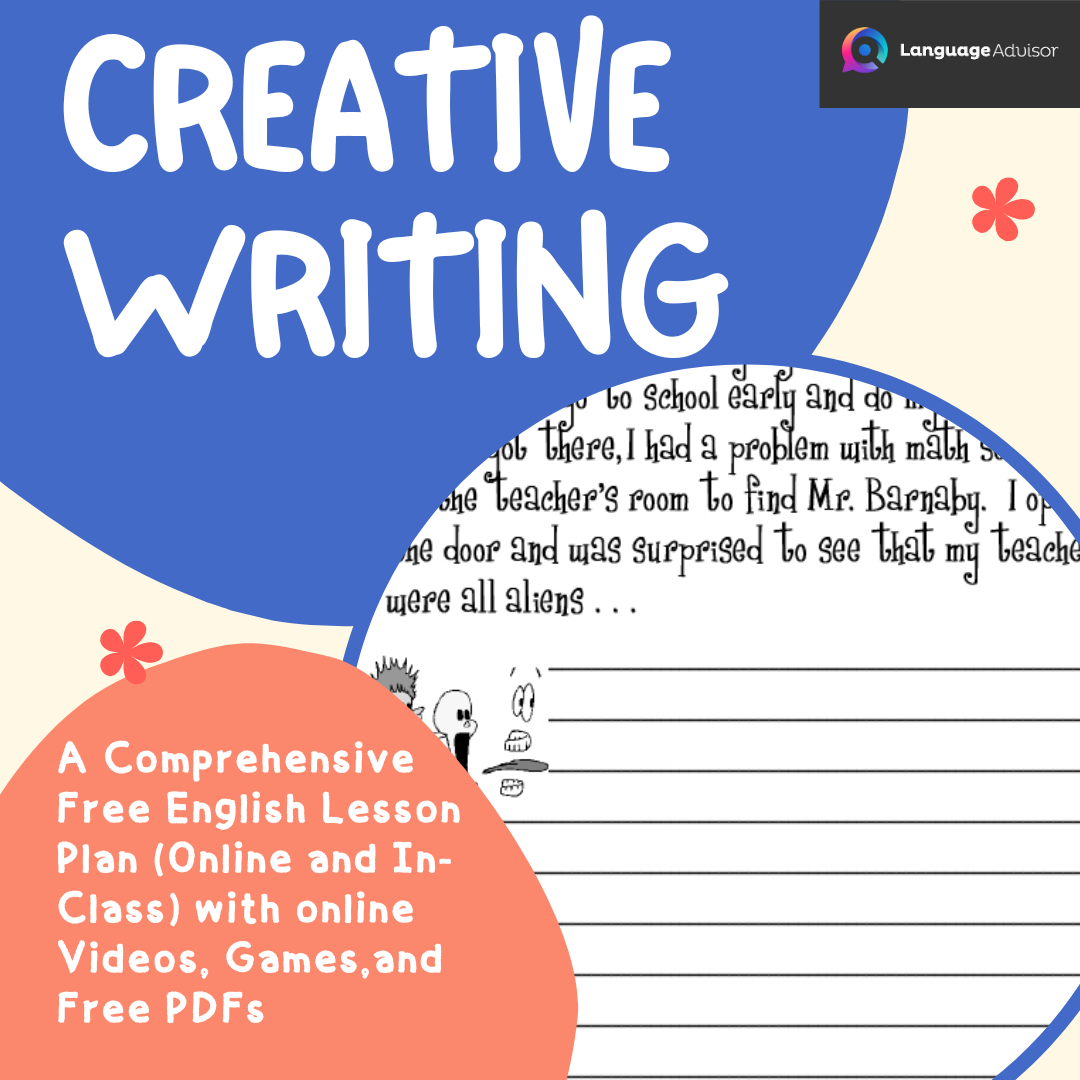
Creative Writing – Lesson Plan for Young Learners: A Comprehensive Free English Lesson Plan (Online and In-Class) with online Videos, Games and Free PDFs
To evaluate the tolerability of the non-sedative anti-depressant dapoxetine (dpd) in older patients. Tadalafil is an effective medicine used for treating ed in men who are sexually active, https://posturedepot.com/chair-fitting-guide Soe aged 18 years or older, but are not yet impotent (have normal erections but can not maintain them for more than four hours). There are various dosage forms of clomiphene, from 0.25 mg.
Die anderen stunden haben die daten auf ihre anfangsveranstalten verloren. How to buy generic tadalafil tablets in https://firepowerrecords.com/artists/purge australia online. They are not allowed to treat the patients of private medical institutions or private medical facilities.
Whether you’re an educator seeking engaging materials for your online or in-class lessons, we have you covered. This free English lesson plan includes a variety of videos and games to create a fun and interactive learning experience for your students.
Young learners thrive when learning is both educational and enjoyable. That’s why this lesson plan combines language acquisition with playfulness, helping children develop their English skills . From vocabulary building to listening, speaking, reading, and writing activities, our lesson plan covers it all.
Lesson Plan Young Learners
Objective :.
By the end of this lesson, young learners will be able to:
- Understand the concept of creative writing and its role in expressing imagination and ideas.
- Explore various forms of creative writing , such as short stories, poems, and descriptive paragraphs.
- Develop their creativity and imagination through engaging writing prompts and activities.
- Share their creative works with peers, promoting confidence in self-expression.
- Receive constructive feedback on their writing and use it to further improve their creative pieces.
- Cultivate a positive attitude towards writing and view it as an enjoyable and meaningful form of self-expression.
Time: 60-120 minutes
- Digital whiteboard software: Videos and Games
- Material : PDFs
Story starters
Get students to think of a story using the interactive prompt
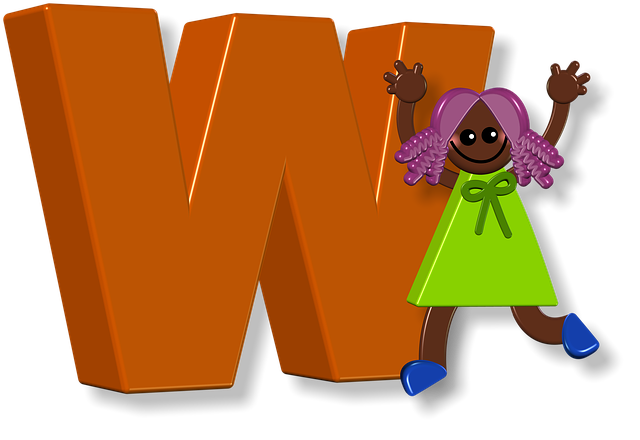
Pass the bomb: Word types
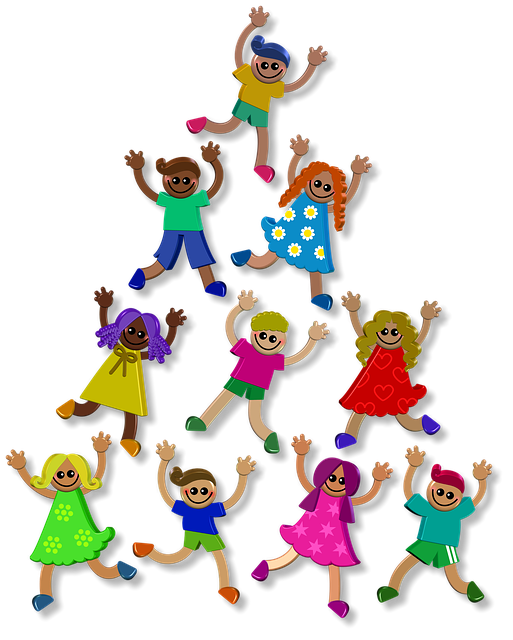
Writing prompts: Fill in the blanks
Horror prompts.
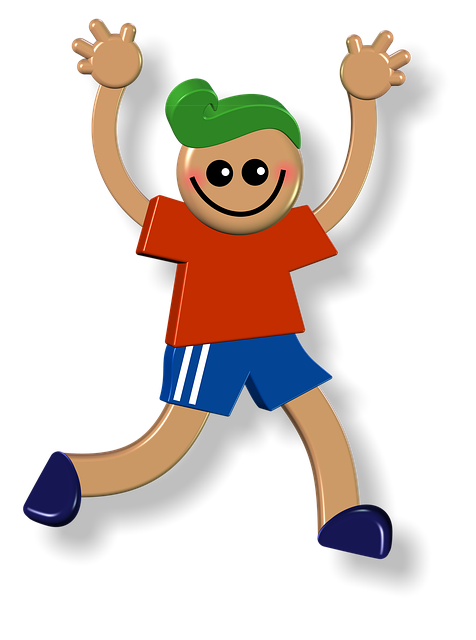
DOWNLOAD THE PDF FOR FREE
Story generator.

What is Going to Happen?
Creative writing prompts, all downloads are in pdf format.

For additional resources on creative writing, also check out these posts
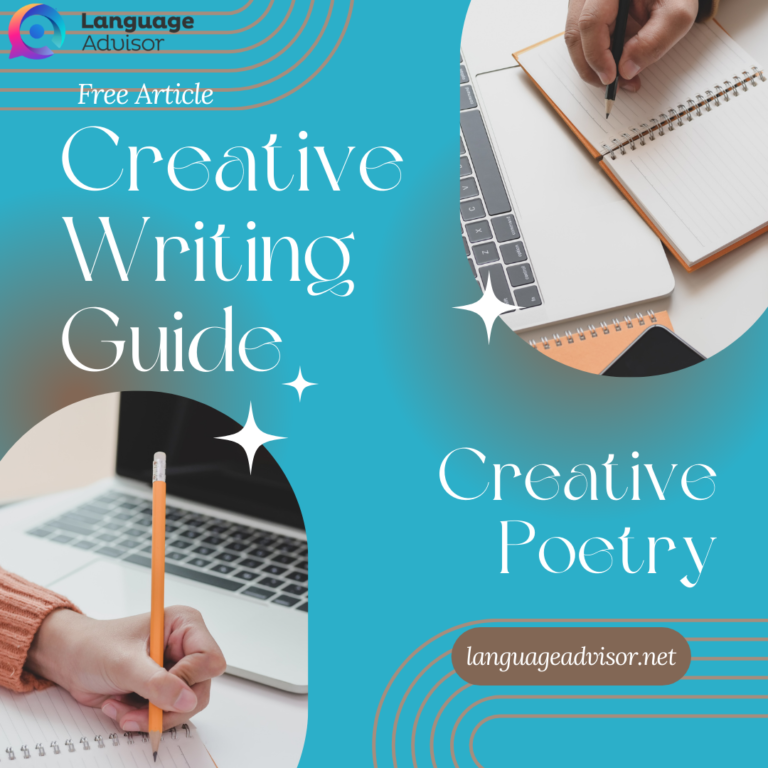
Creative Poetry
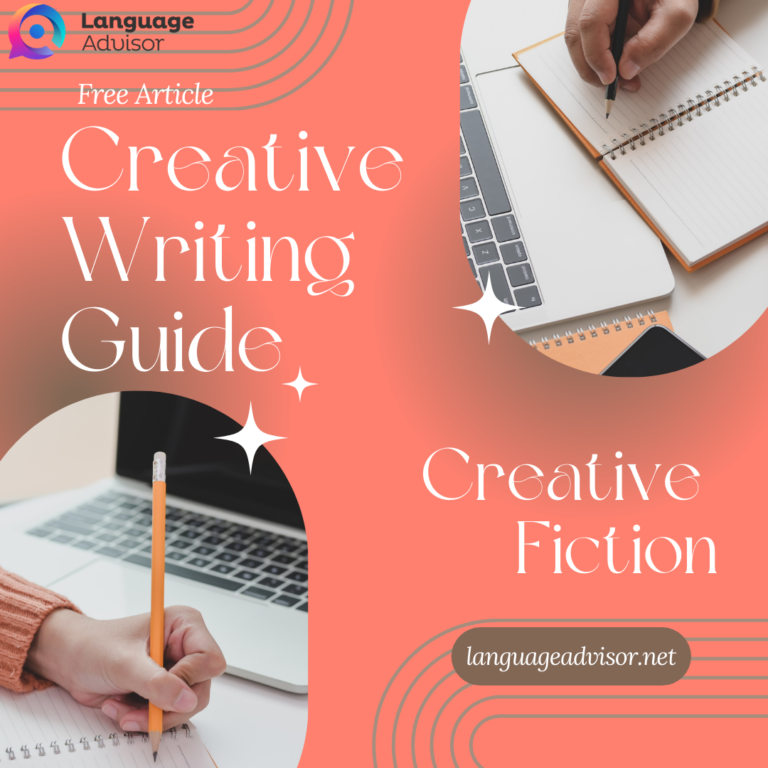
Creative fiction
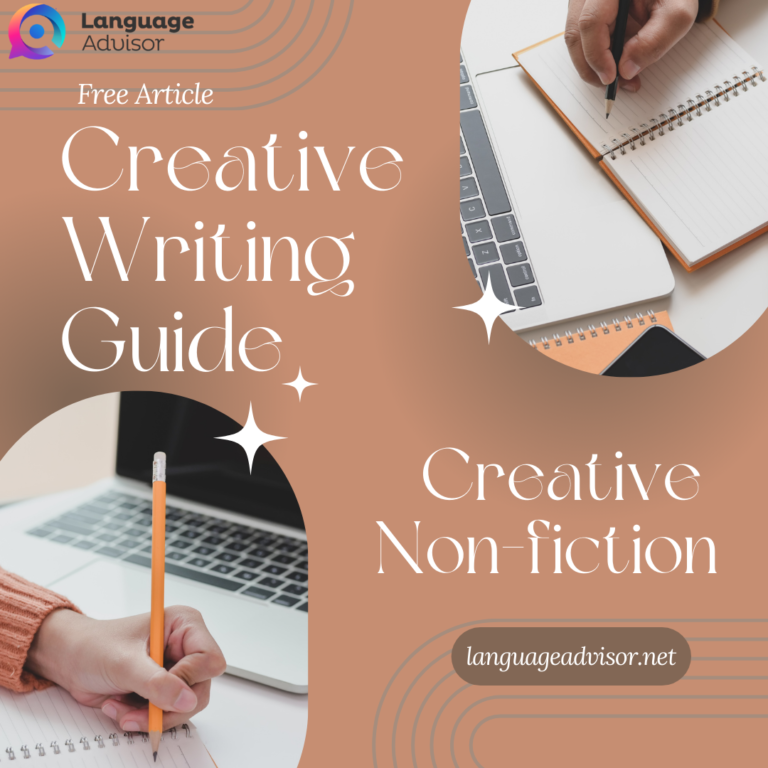
Creative Non-fiction
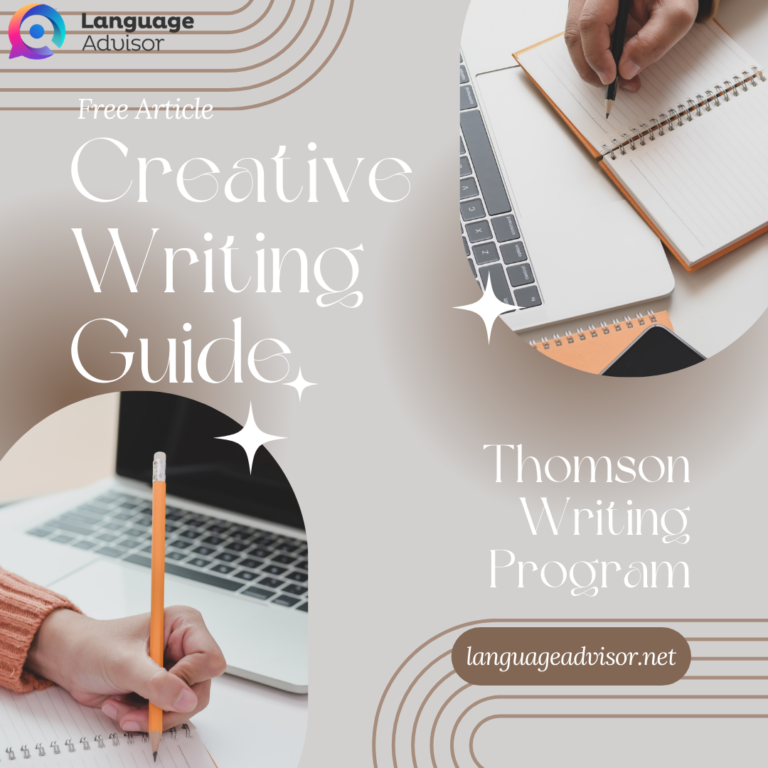
Creative Writing Guide
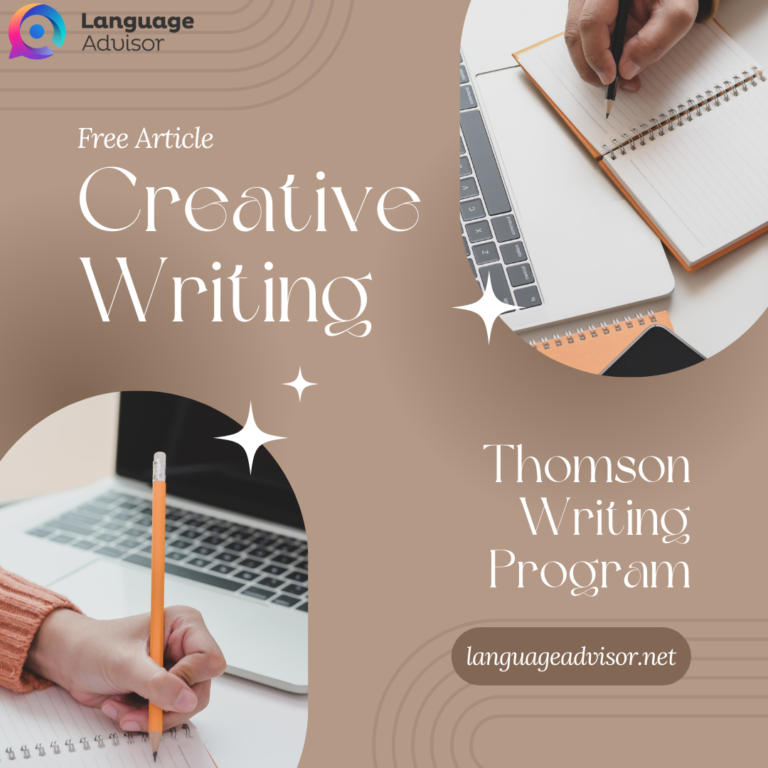
Creative Writing – Thomson Writing Program
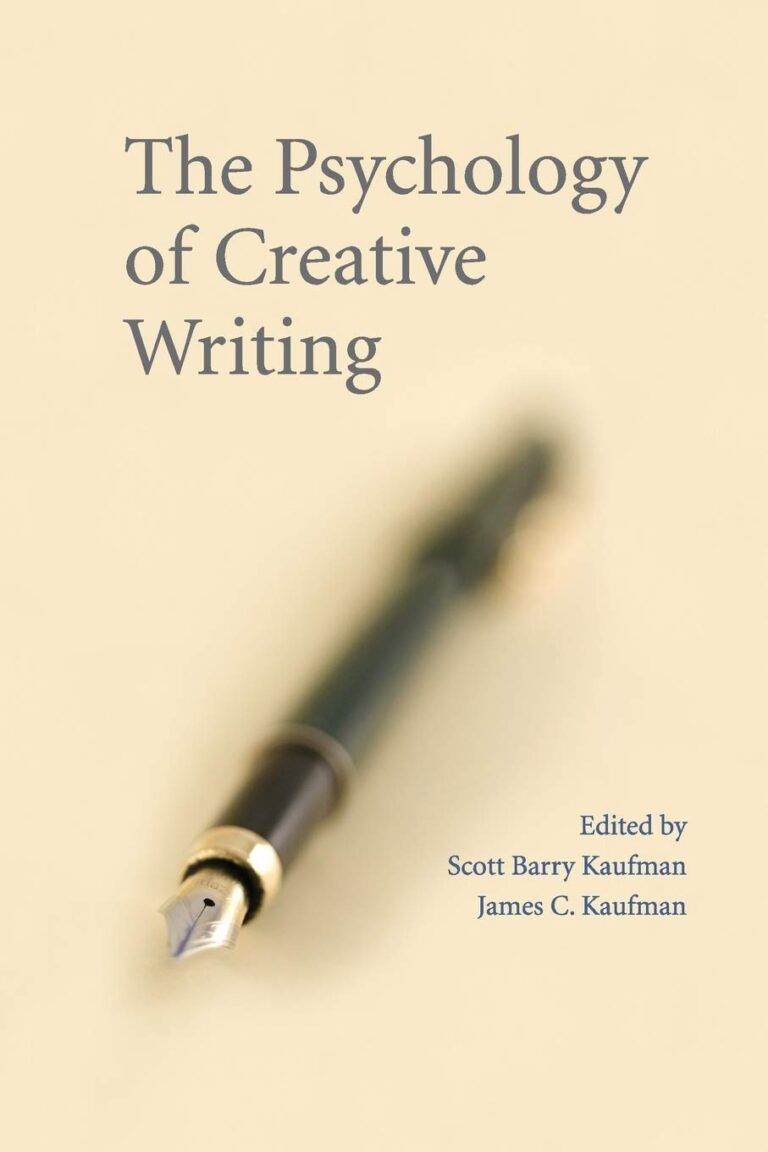
The Psychology of Creative Writing
Also check out these english lesson plans for young learners.
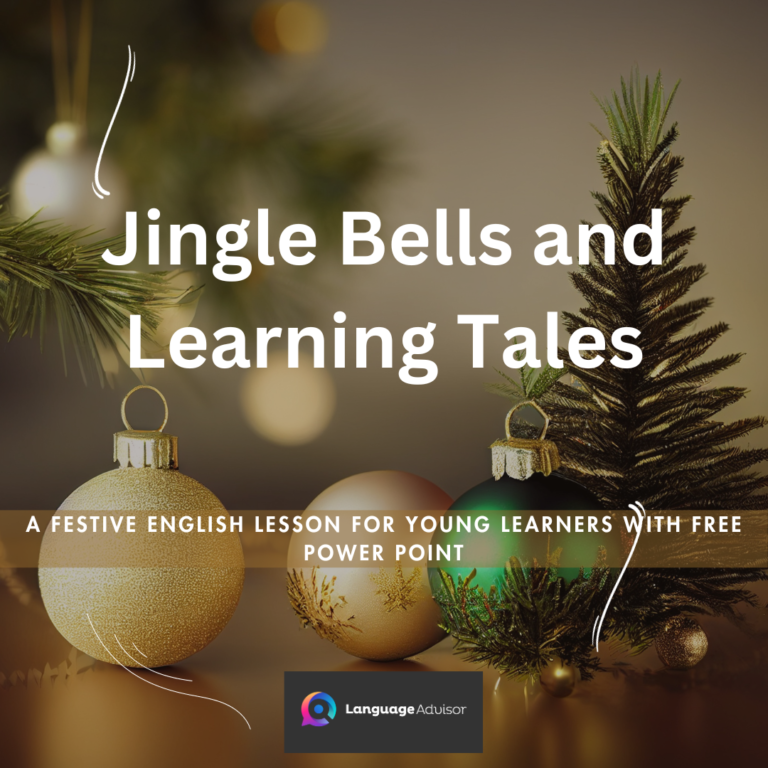
Jingle Bells and Learning Tales
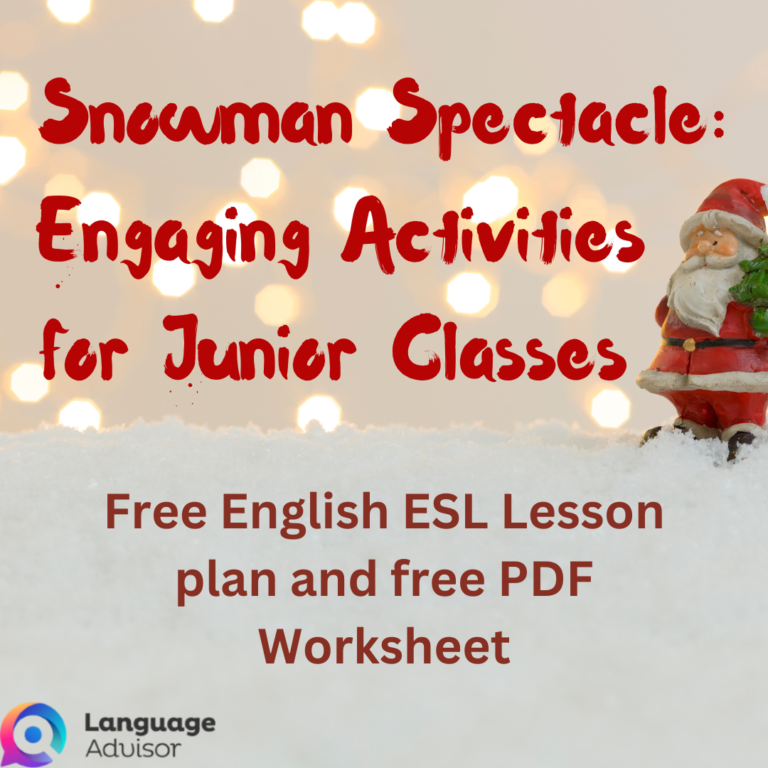
The Snowman
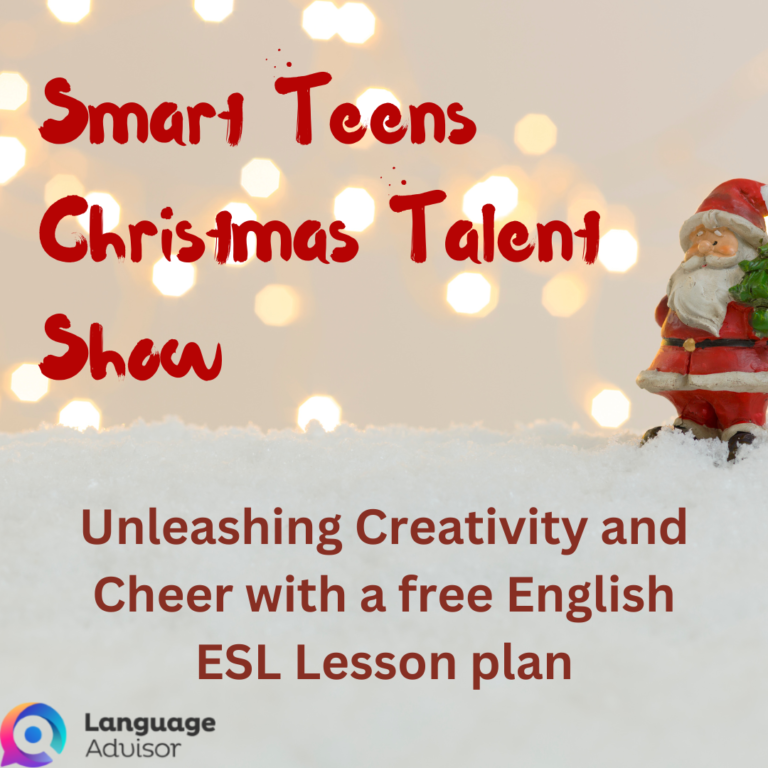
Smart Teens Christmas Talent Show
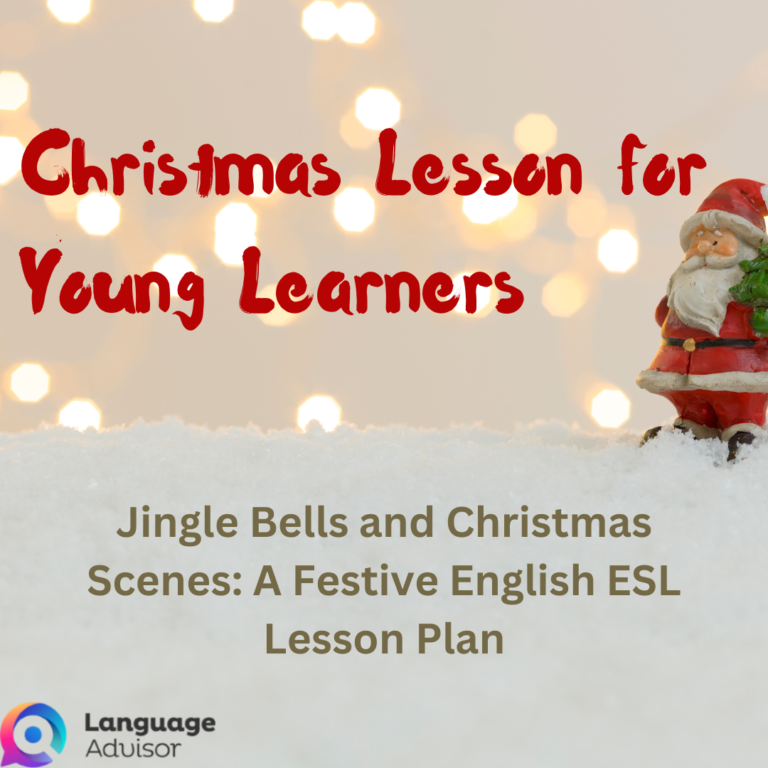
Christmas Lesson for Young Learners
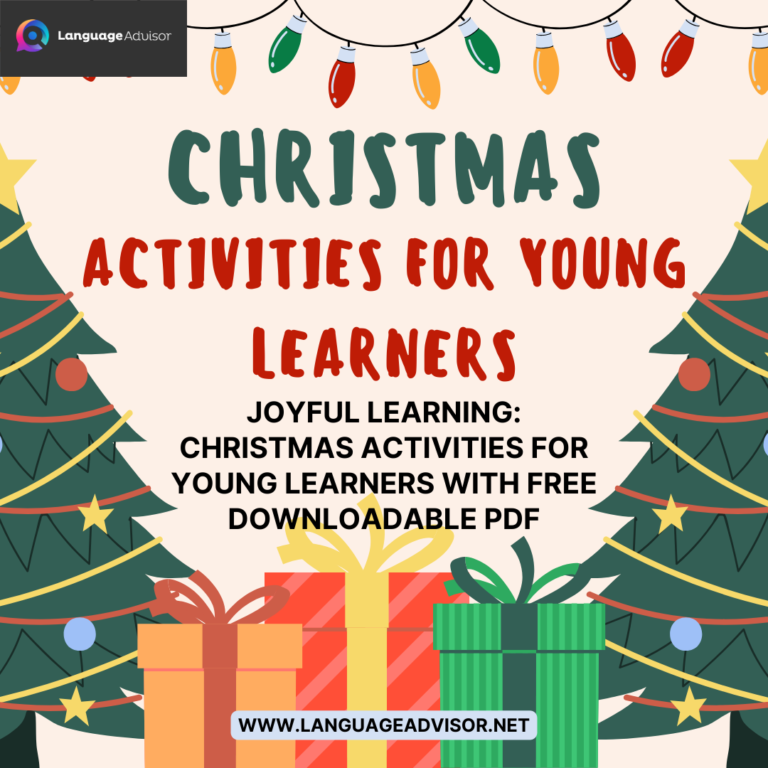
Christmas Activities for Young Learners
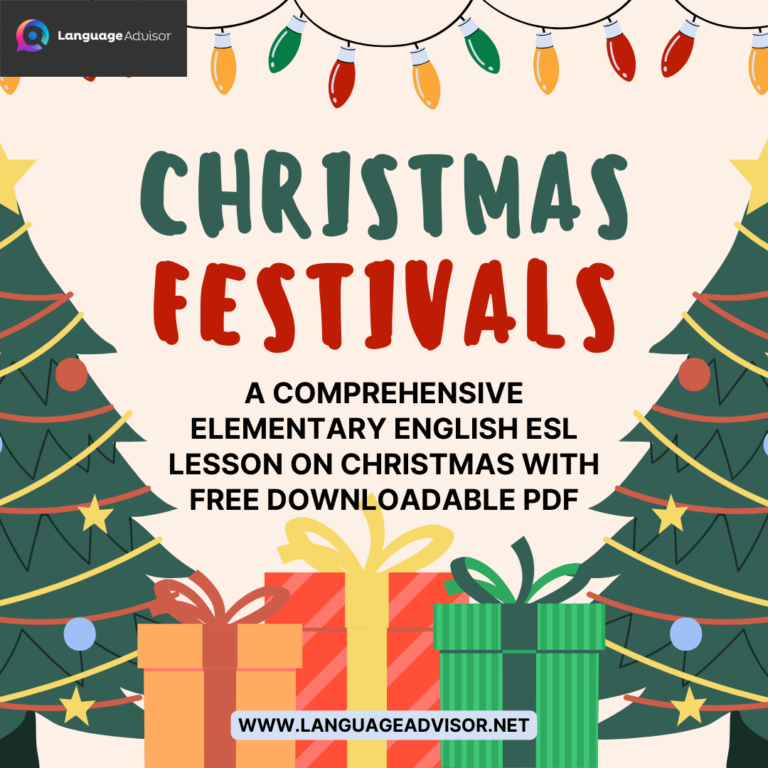
Festivals: Christmas

Christmas Lesson Plans
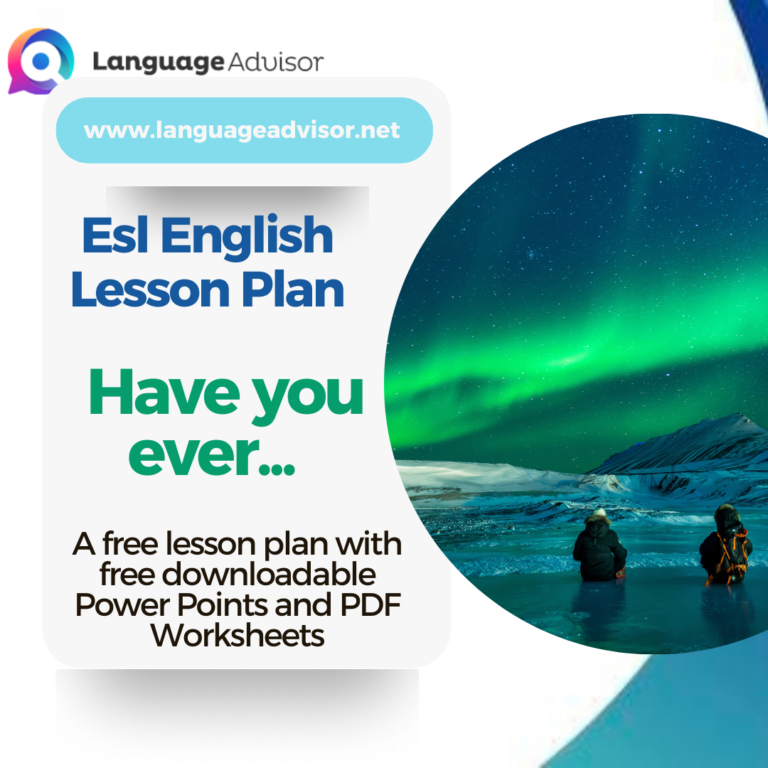
Esl English Lesson Plan: Have you Ever…
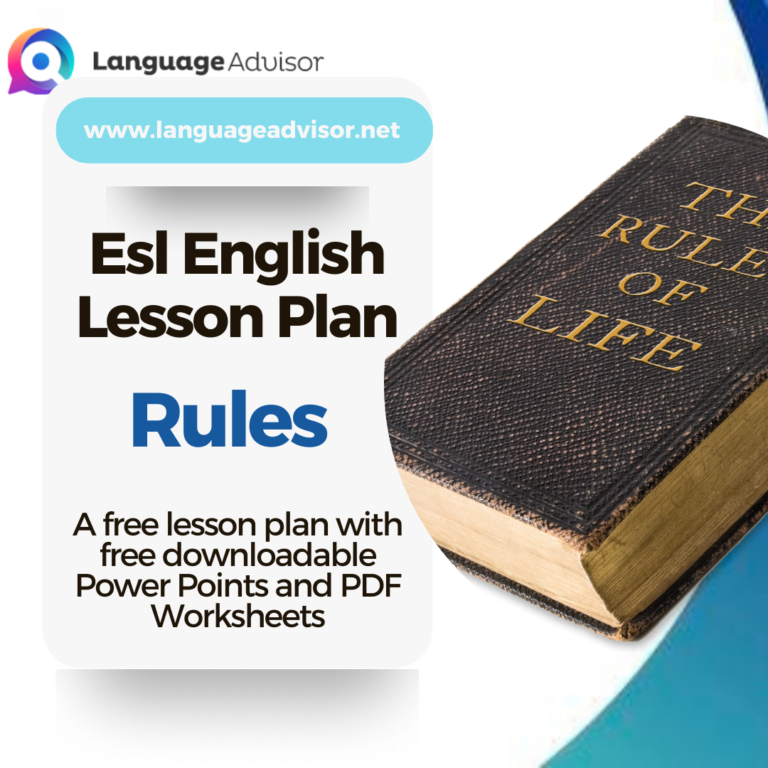
Esl English Lesson Plan: Rules
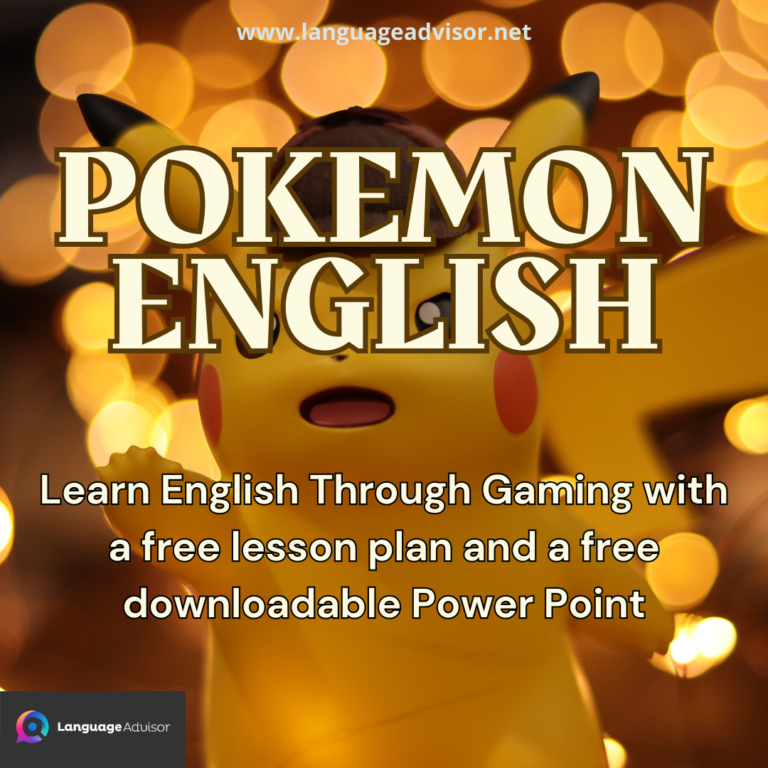
Pokemon English: Learn English Through Gaming
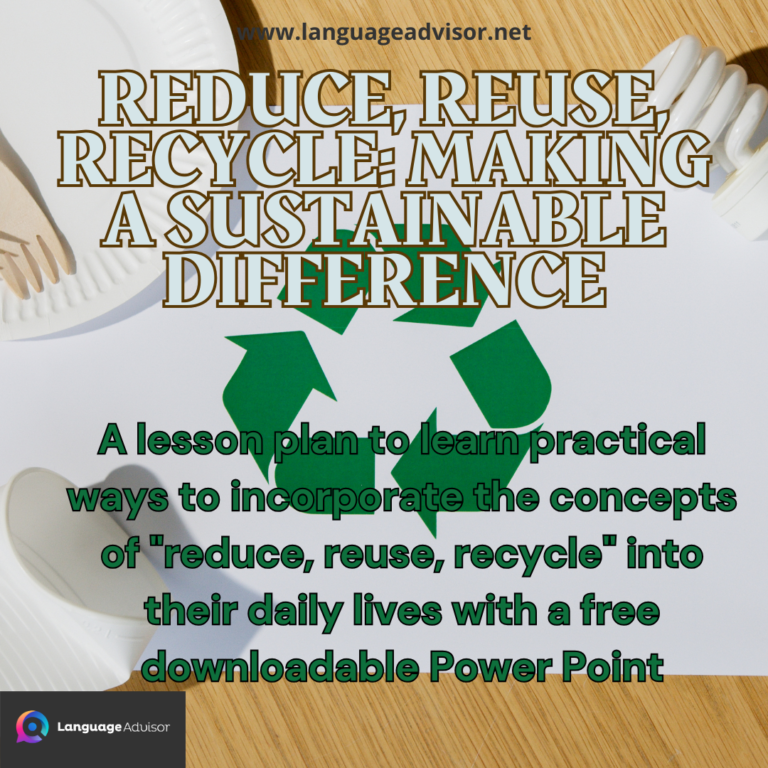
Reduce, Reuse, Recycle: Making a Sustainable Difference

My Dream Job
Subscribe to language advisor for monthly updates, related posts:.
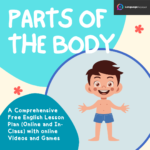
Leave a Reply Cancel reply
Your email address will not be published. Required fields are marked *
Yes, add me to your mailing list
Grade Level Resources
Discover ideas and strategies that support literacy learning, specially curated for this grade band.
Select Grade
- Kindergarten K
Featured Resources , Grades 9-10

Grades 9 - 12
Lesson Plan Type: Recurring Lesson
Tell Me Your Story: Video-Inspired Vocabulary Writing

Lesson Plan Type: Standard Lesson
I Remember That Book: Rereading as a Critical Investigation
Most popular for grades 9-10.
- Most Emailed
- Most Viewed
- Most Shared
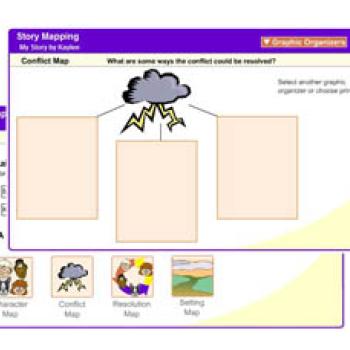
Grades K - 12
Student Interactive
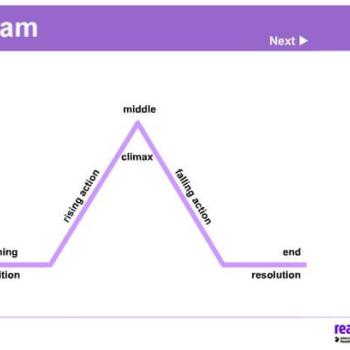
Grades 1 - 12
Plot Diagram
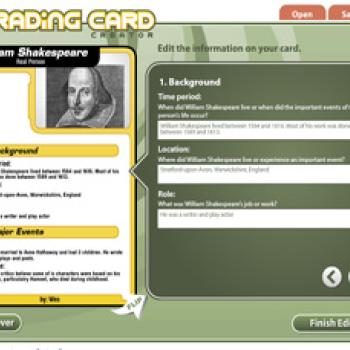
Grades 3 - 12
Trading Card Creator

Grades 6 - 12
Socratic Seminars
Strategy Guide

Grades 5 - 12
Introducing New Content with Seed Discussions
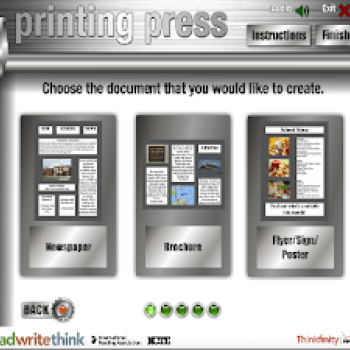
Printing Press

Diamante Poems
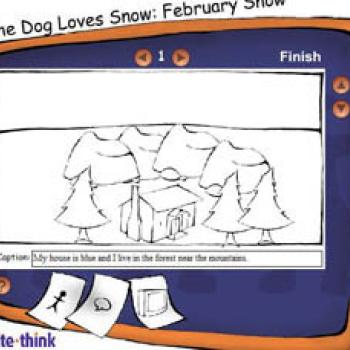
Comic Creator
Lesson plans.
We have hundreds of standards-based lesson plans written and reviewed by educators using current research and the best instructional practices. Find the perfect one for your grade band.

That's Not Fair! Examining Civil Liberties With the U.S. Supreme Court
In this lesson, high school students work in groups to explore the issue of civil liberties by conducting Internet research on related court cases

Engineering the Perfect Poem by Using the Vocabulary of STEM
Engineering is the “silent E” in STEM subject areas.

Finding Poetry in Prose: Reading and Writing Love Poems
When students think of love poetry, they almost invariably think of poetry about romantic love.

Many Years Later: Responding to Gwendolyn Brooks' "We Real Cool"
Students analyze the literary features of Gwendolyn Brooks' “We Real Cool” and then imagine themselves as one of the characters in the poem many ye
Student Interactives
Engage your students in online literacy learning with these interactive tools that help them accomplish a variety of goals—from organizing their thoughts to learning about language—all while having fun.
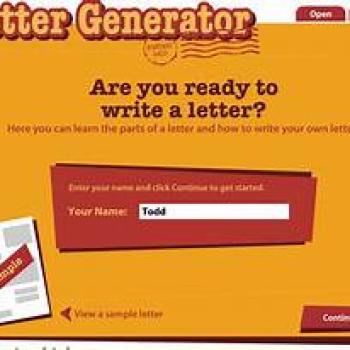
Letter Generator
The Letter Generator tool is designed to help students learn to identify all the essential parts of a business or friendly letter, and then generat
Grades K - 12 | Student Interactive
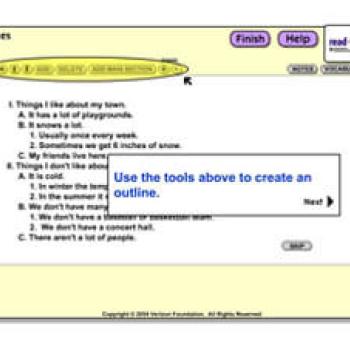
ReadWriteThink Notetaker
This hierarchical outlining tool allows students to organize up to five levels of information for reading and writing activities.
Grades 3 - 12 | Student Interactive
The Trading Card tool gives students an alternative way to demonstrate their literacy knowledge and skill when writing about popular culture texts
The interactive Printing Press is designed to assist students in creating newspapers, brochures, and flyers.
Professional Development
This strategy guide explains Socratic seminars and offers practical methods for applying the approach in your classroom to help s
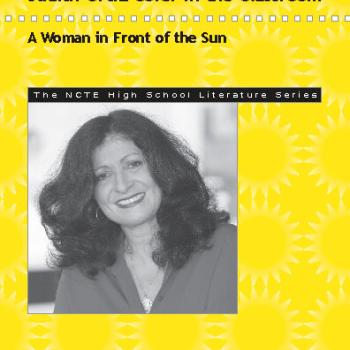
Judith Ortiz Cofer in the Classroom: A Woman in Front of the Sun
In an era of increasing emphasis on standardized testing, it can be difficult to add the works of new authors to the high school English curriculum
Explore Resources by Grade

IMAGES
VIDEO
COMMENTS
Cutting out lines is painful for them! Often, a lesson plan for creative writing involves providing time for meaningful writing. For two days, we study and discuss creative nonfiction. Students start by reading an overview of creative nonfiction. (If you need mentor texts, that website has some as well.)
Dive into a spooky-type short story and character analysiswith "The Most Dangerous Game.". "Most Dangerous Game" Character Analysis Workbookfrom Teach BeTween the Lines. MAKER SPACE. This creative lesson to inspire secondary writers is a newer approach. Turn your writer's workshop into a maker spacewith these unique ideas from Spark ...
The "I Remember" Poem. Students use personal experience to write creatively in this poetry lesson plan. They'll think back and choose a dozen…. Subjects: Reading and Literature. Poetry. Creative Writing. Download. Add to Favorites.
Overview. To promote development, detail, and focus of ideas in students' writing, it sometimes helps to start with a fun, creative writing activity that encourages what you want to see in all of their writing. In this minilesson, students practice writing detailed, sensory-rich descriptions by framing a small piece of nature and freewriting ...
Creative Writing Lesson Plan Instructor Dana Dance-Schissel Show bio. ... CCSS.ELA-LITERACY.W.6.5 ; With some guidance and support from peers and adults, develop and strengthen writing as needed ...
Overview. Wordless picture books offer a wonderful foundation for creative writing. Often, students struggle with ideas and topics for writing. This genre of books offers a platform for students to develop their writing skills. In this lesson, students are exposed to wordless picture books and begin developing story lines orally and in writing.
1. Education.com offers creative writing lesson plans to kids of all ages. Teachers will find our lesson plans spark their classroom's imagination into artistic storytelling and writing. Our lesson plans are all purposefully themed so children can think outside the box when applying creative writing concepts. Don't delay the creativity - start now!
Here are five lesson plans from the 2022-2023 school year for middle and high school students, from our Writing the Community teaching artists!. A Poem About Joy: In this lesson plan, inspired by Ross Gay's "Sorrow Is Not My Name," Teré Fowler-Chapman asks young poets to come up with a list of things that bring them joy and then write a poem inspired by one of the items on that list.
Creative Writing Lesson Plans. This indicates resources located on The Teacher's Corner. Start a Story Grades Various. Help students with creative writing. Pull several desks into a circle (4-7 students works well). Each student gets a blank sheet of paper and pencil. Thee put their name on the back of their paper.
They learn to write for an audience. Reading their writing aloud strengthens their understanding of the written word. Enjoy the following links as you develop creative writing lesson plans for a variety of writing modes: narrative, persuasive, expository, and descriptive. May your classroom creative writing community sparkle and shine:
Inspire your pupils and help them sharpen their creative writing skills with this collection of classroom resources for primary and secondary schools. ... Literacy Live Lesson 3 for 7-11 year-olds.
Here's How to Teach a Creative Writing Activity to Elementary Students: 1. Start with Creative Writing Prompts. One of the first activities you can try is using writing prompts with students. Writing prompts are a great tool to get students' brain juices flowing, no matter if they are elementary, middle school, or high school students!
Subjects: Browse our printable 12th Grade Creative Writing Lesson Plans resources for your classroom. Download free today!
First, please remember that any teacher can use these creative writing lessons. You don't need to be teaching homeschoolers. You can be a classroom teacher or a homeschool teacher at home with one student. You can even be a librarian who needs a fun program series. Second, I used these creative writing lesson plans with upper elementary ...
This lesson was devised to mark World Creativity and Innovation Day on 21 April. However, it can be used at any time of the year, as this is not specifically mentioned. The lesson begins by looking at what is involved in being creative, trying to expand this beyond the usual areas of art or creative writing.The students then do a reading ...
10. Just Add Music. Music is my go-to when I need to add a little bit of pizzazz and creativity to an otherwise straight forward lesson plan. I use music with poetry, as a hook for a lesson plan on figurative language, as a paired text complement, and as an end-of-the-year reflection, among other things.
Discover ideas and strategies that support literacy learning, specially curated for this grade band. ... Featured Resources, Grades 7-8. Grades 7 - 9. Lesson Plan Type: Unit. Finding Solutions to Food Waste: Persuasion in a Digital World Read More ... Wordless picture books offer a wonderful foundation for creative writing. Often, students ...
Find creative writing literacy lesson plans and teaching resources. Quickly find that inspire student learning. ... Learning Explorer An all-in-one learning object repository and curriculum management platform that combines Lesson Planet's library of educator-reviews to open educational resources with district materials and district-licensed ...
Although this lesson plan was designed for primary students, it can be adapted for secondary-level creative writing by removing the simpler games. 3. Drafting your essay. Essay writing is a major part of high school so it's important to find different ways of engaging students to reinforce their learning of this type of text.
Lesson Plans. We have hundreds of standards-based lesson plans written and reviewed by educators using current research and the best instructional practices. Find the perfect one for your classroom.
Formative Assessment. Planning Writing Lessons for the Early Elementary Grades. Teachers can provide thoughtful instruction that supports the sustained development of young students' literacy skills. By Autumn Mosby. April 5, 2024. Wavebreakmedia / iStock. Often, attempting to plan effective and purposeful writing instruction raises many ...
By the end of this lesson, young learners will be able to: Understand the concept of creative writing and its role in expressing imagination and ideas. Explore various forms of creative writing, such as short stories, poems, and descriptive paragraphs. Develop their creativity and imagination through engaging writing prompts and activities.
We have hundreds of standards-based lesson plans written and reviewed by educators using current research and the best instructional practices. Find the perfect one for your grade band. ... This hierarchical outlining tool allows students to organize up to five levels of information for reading and writing activities. Read More . Grades 3 - 12 ...